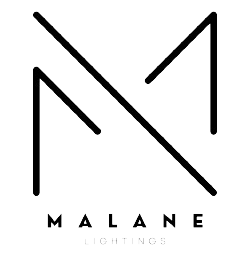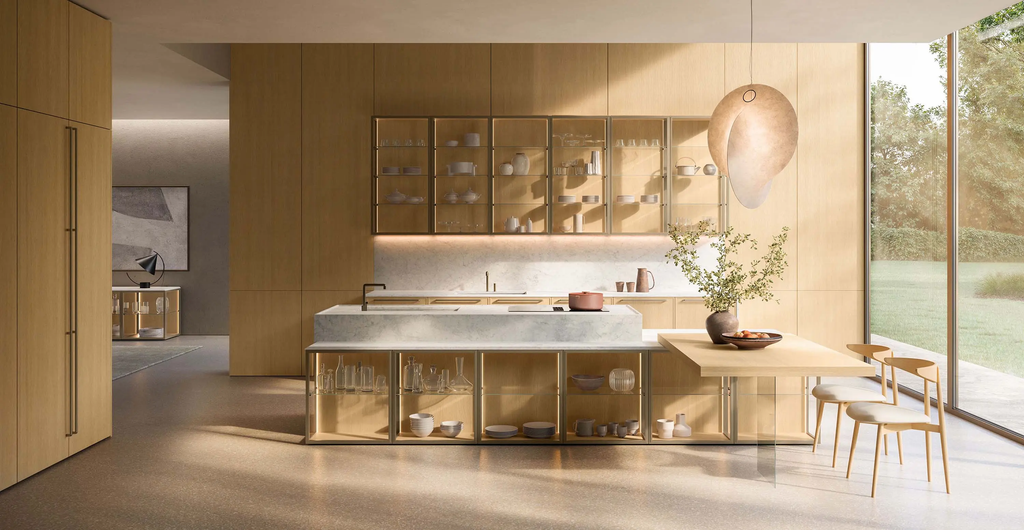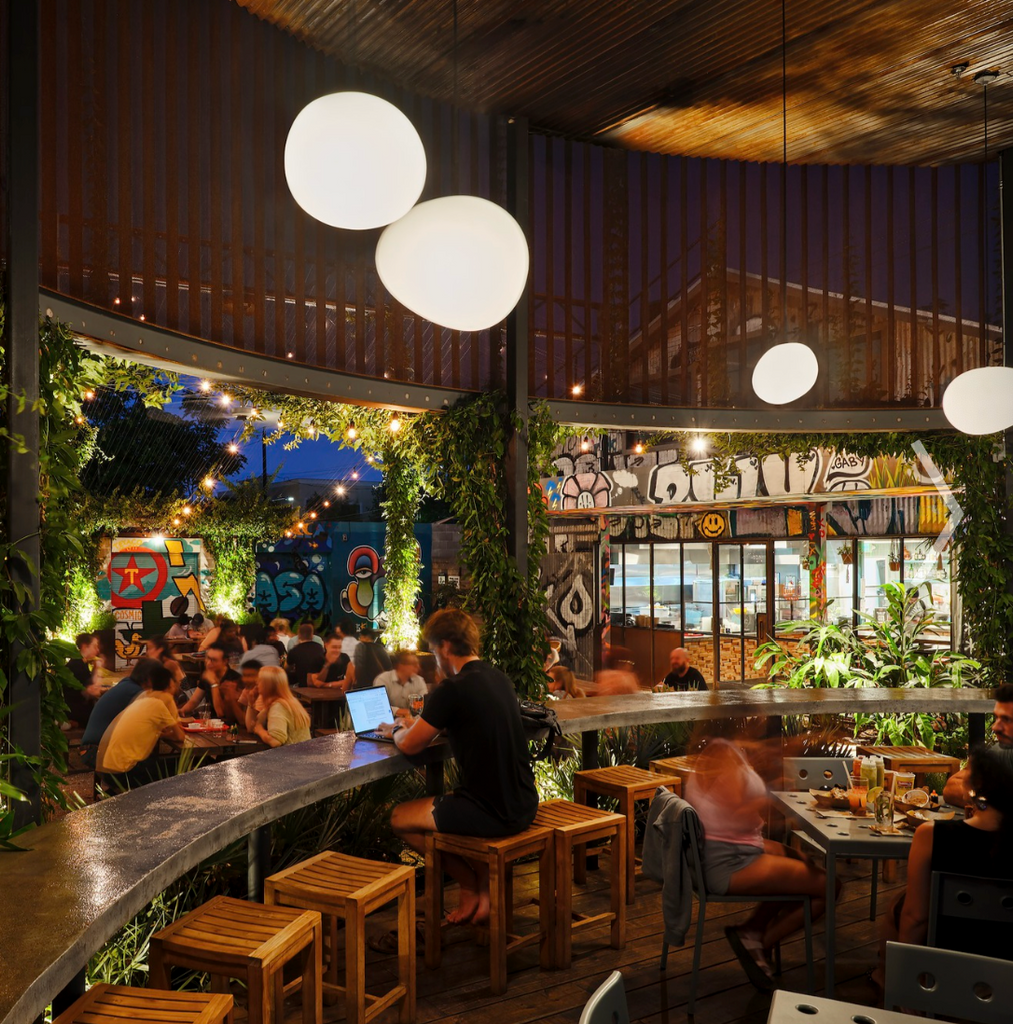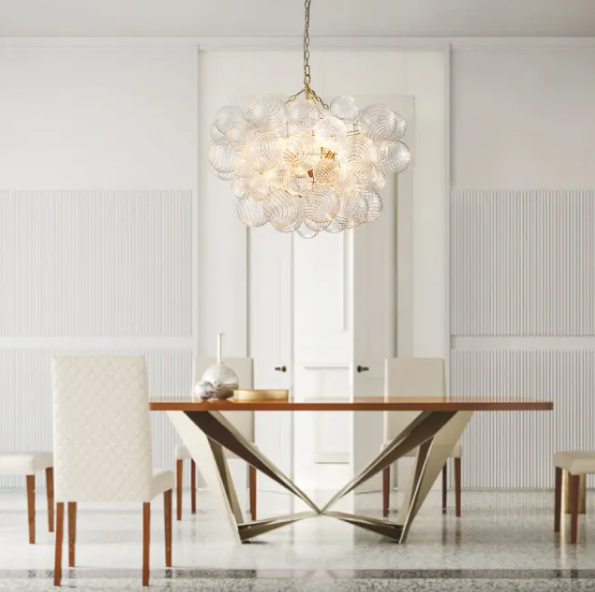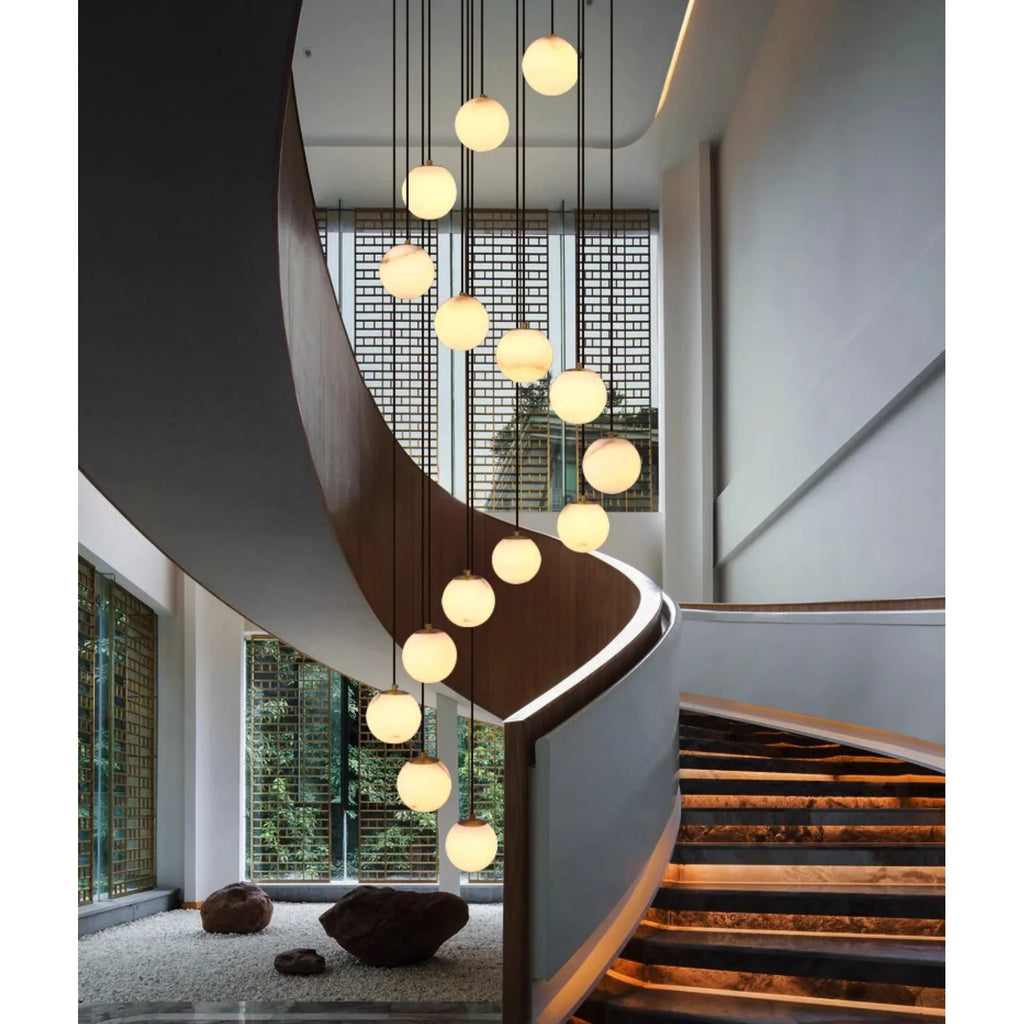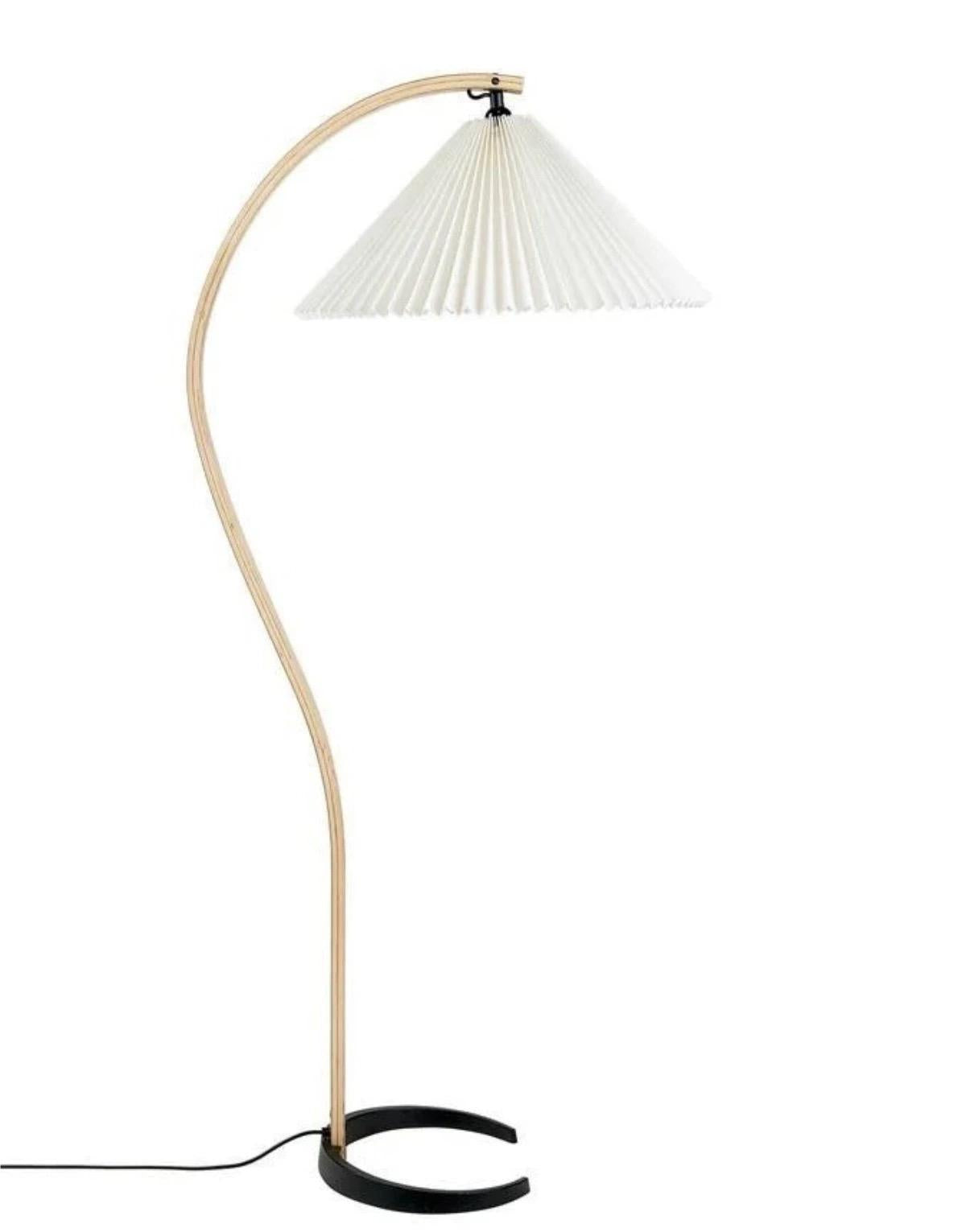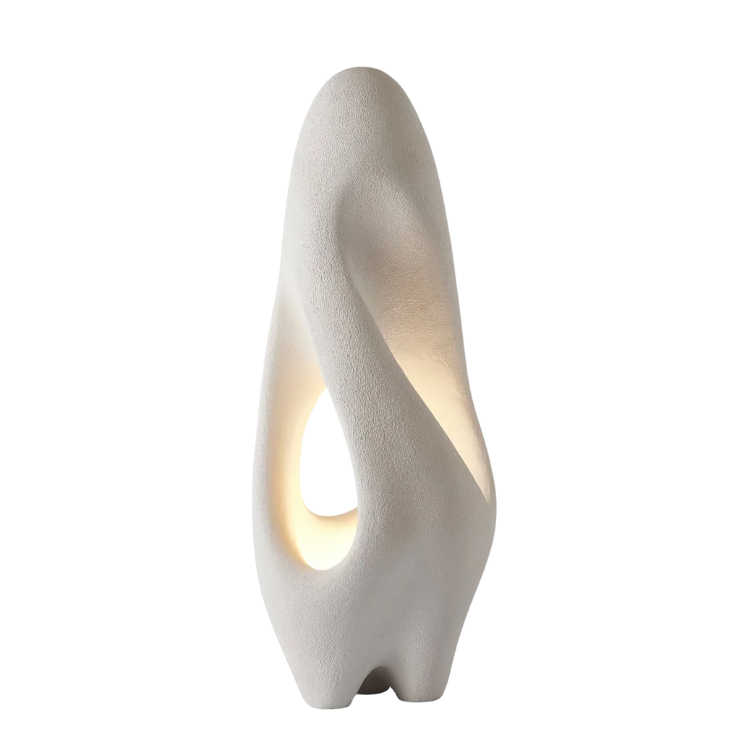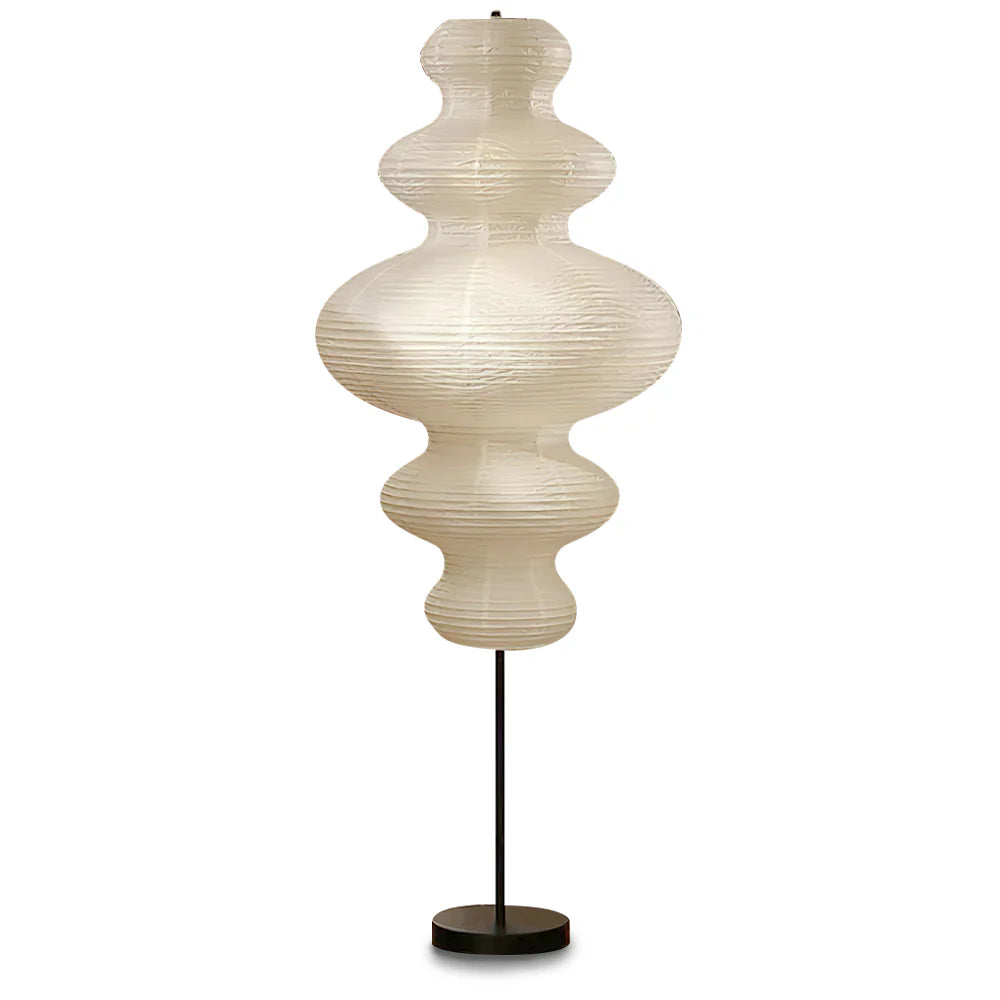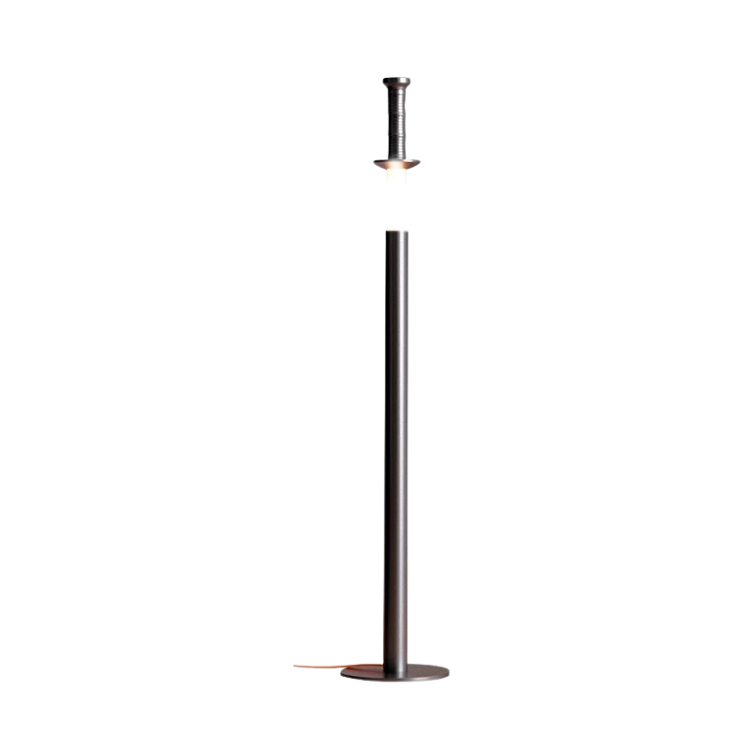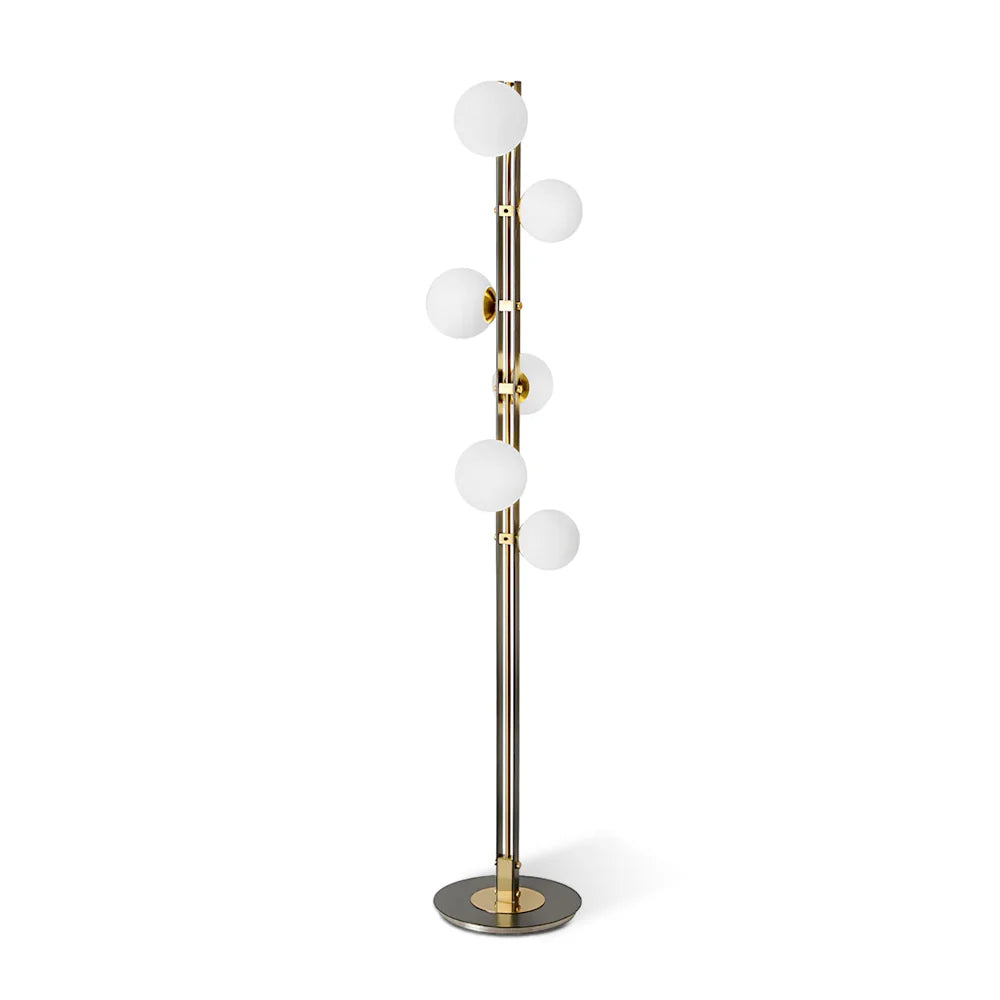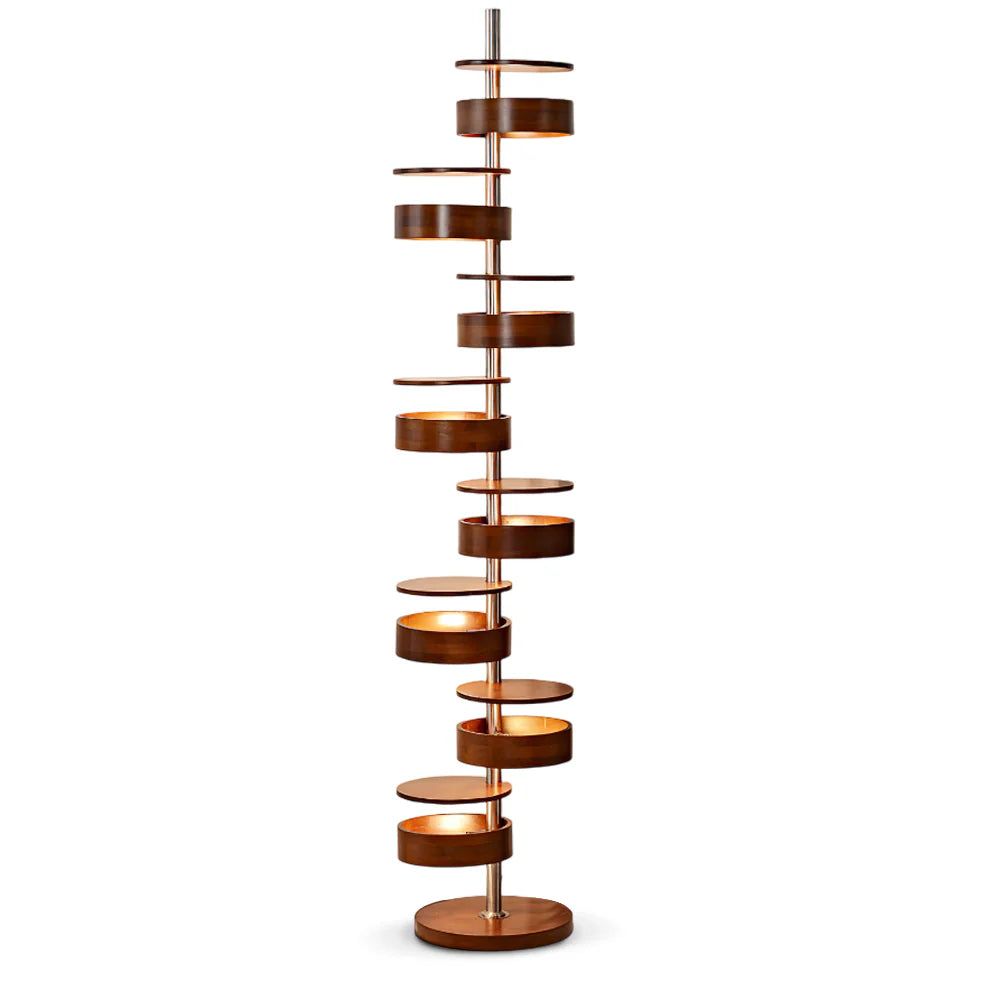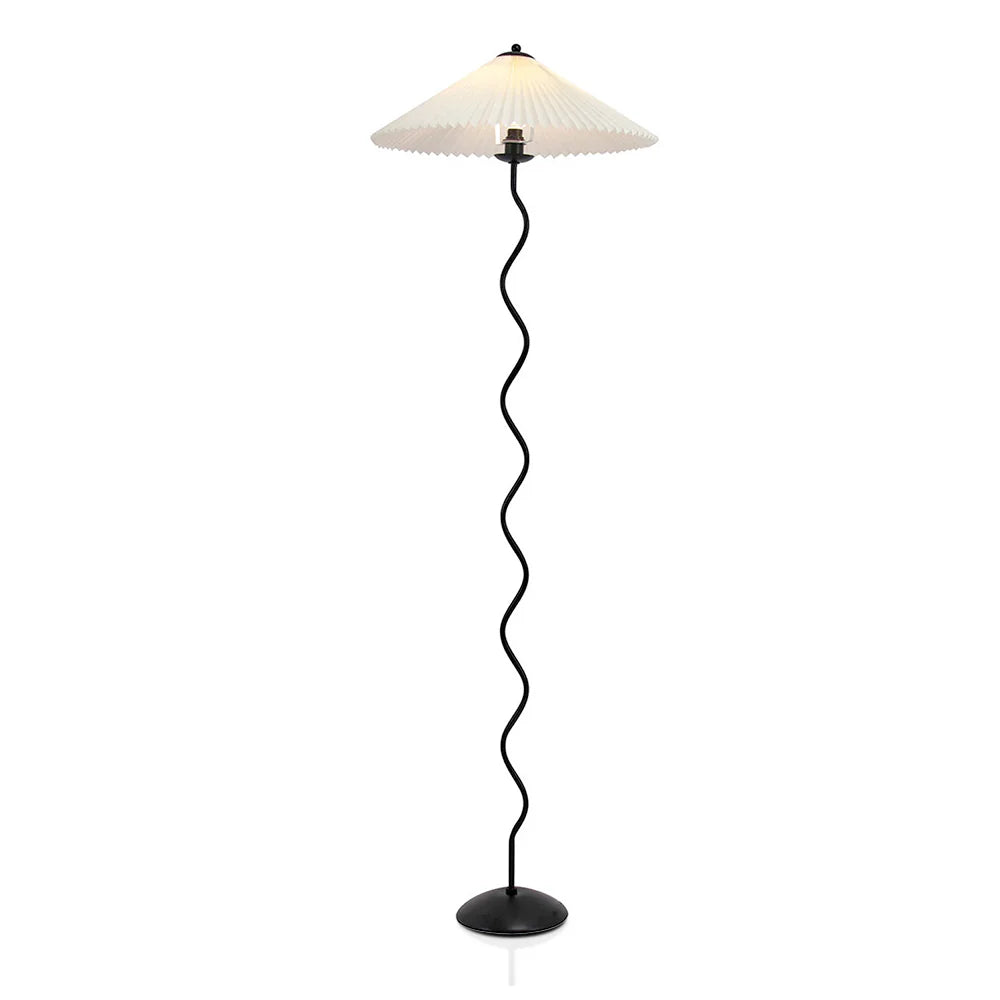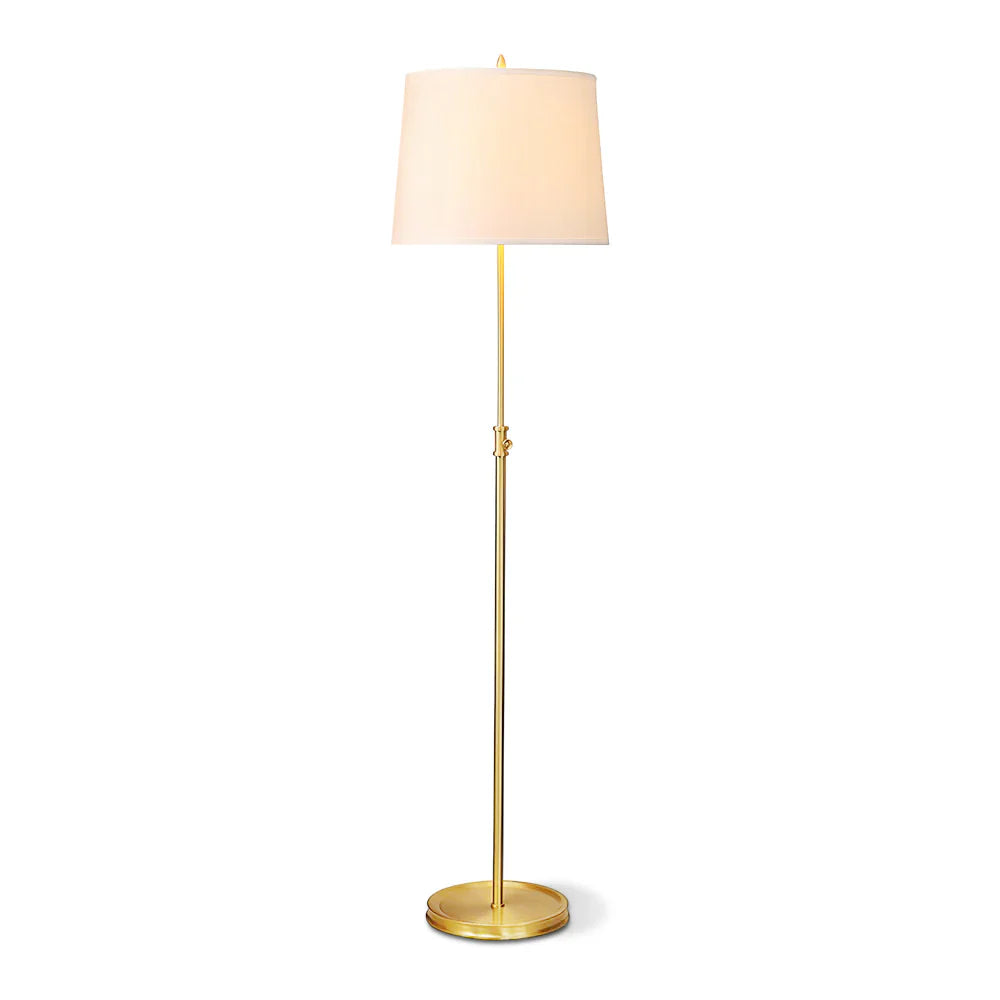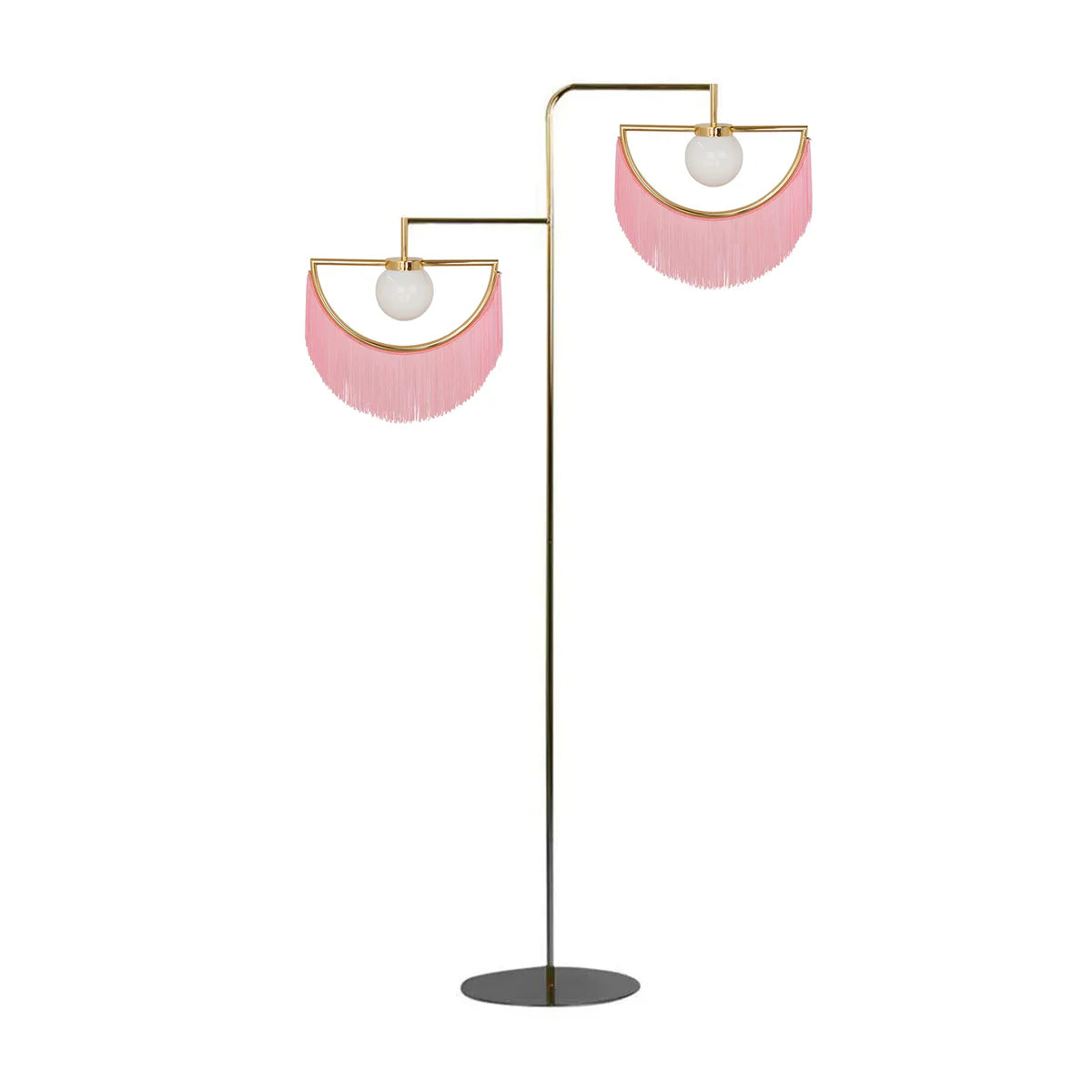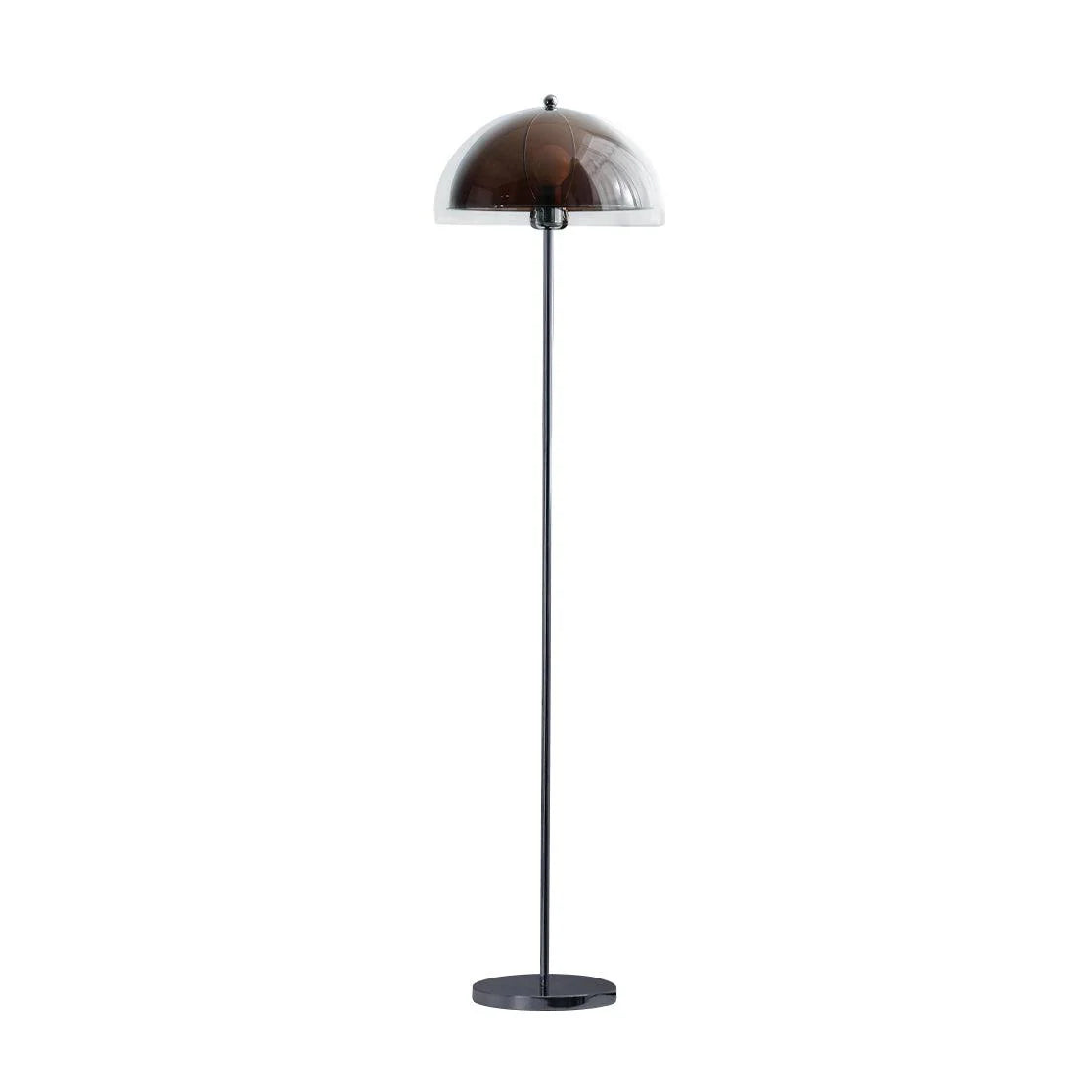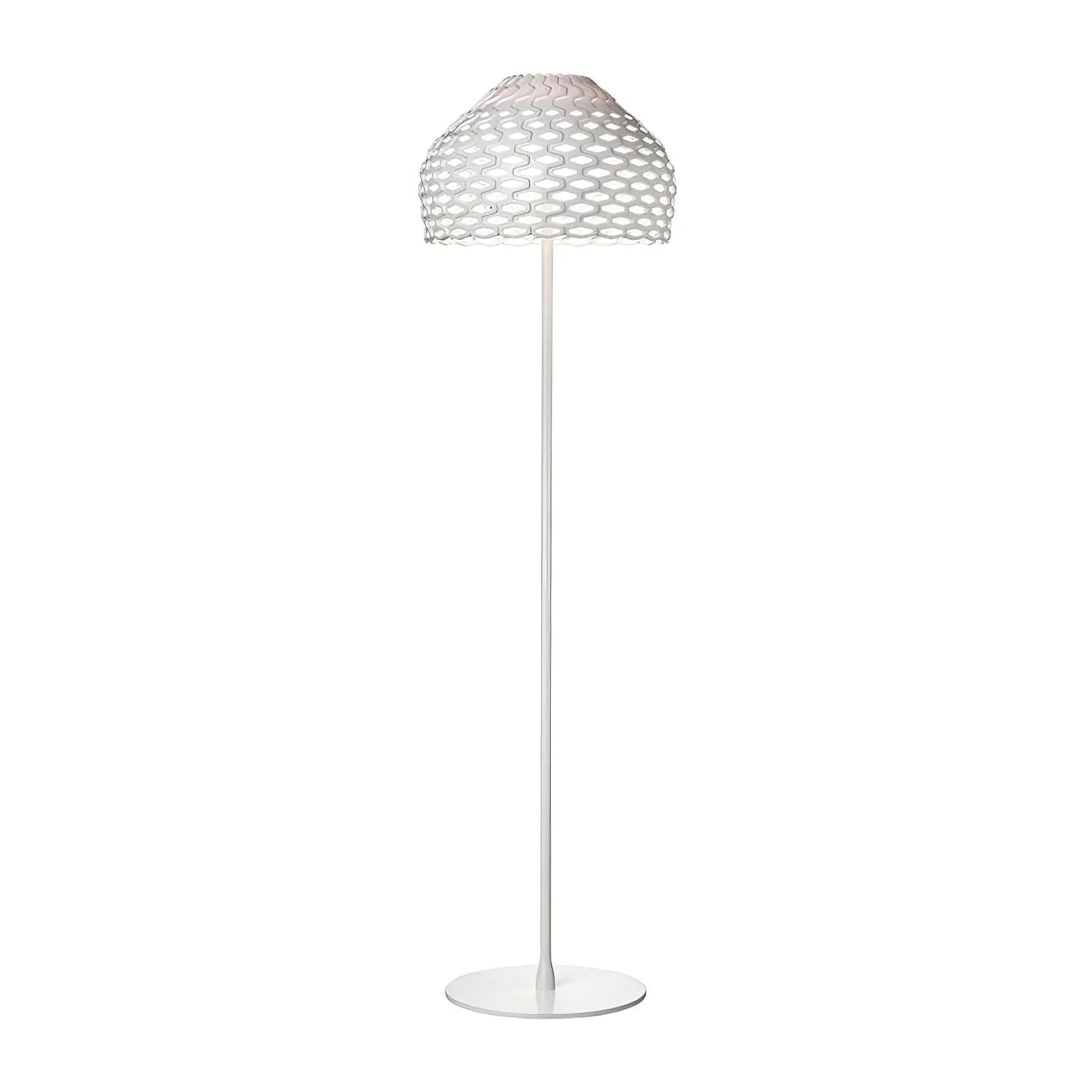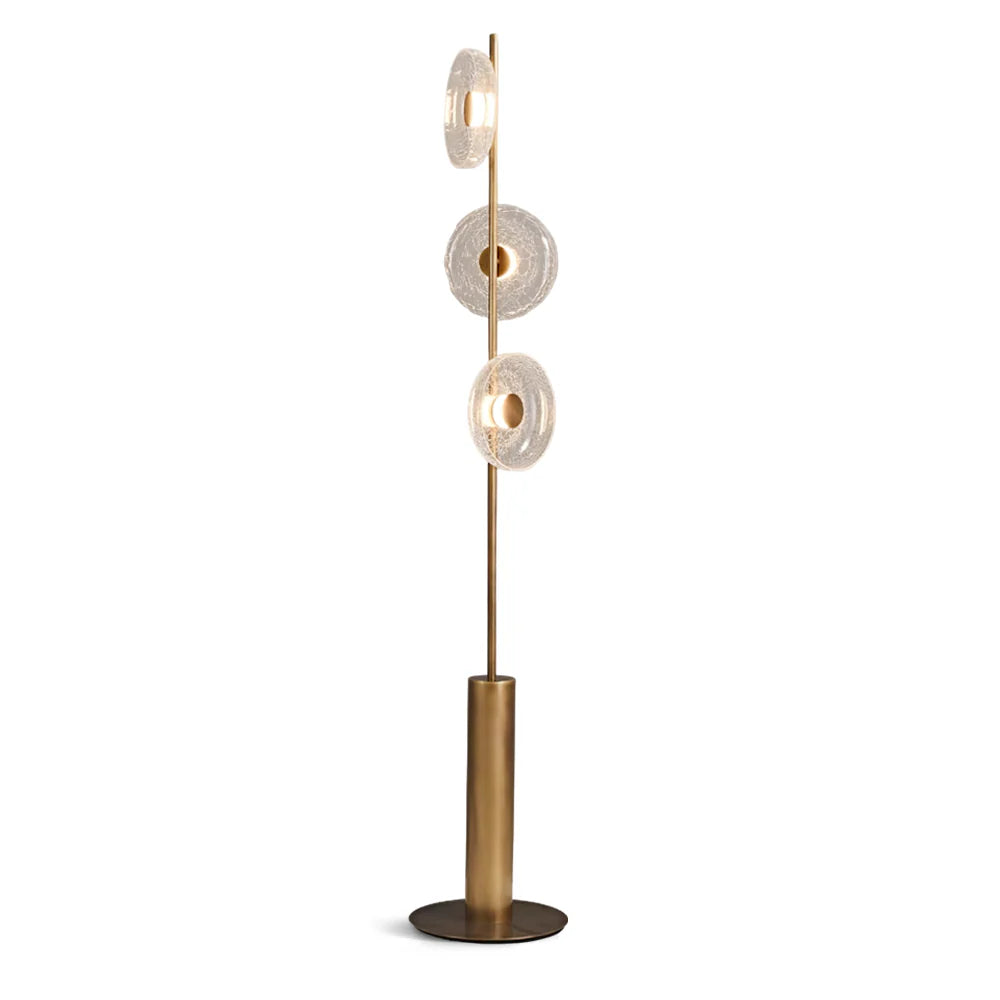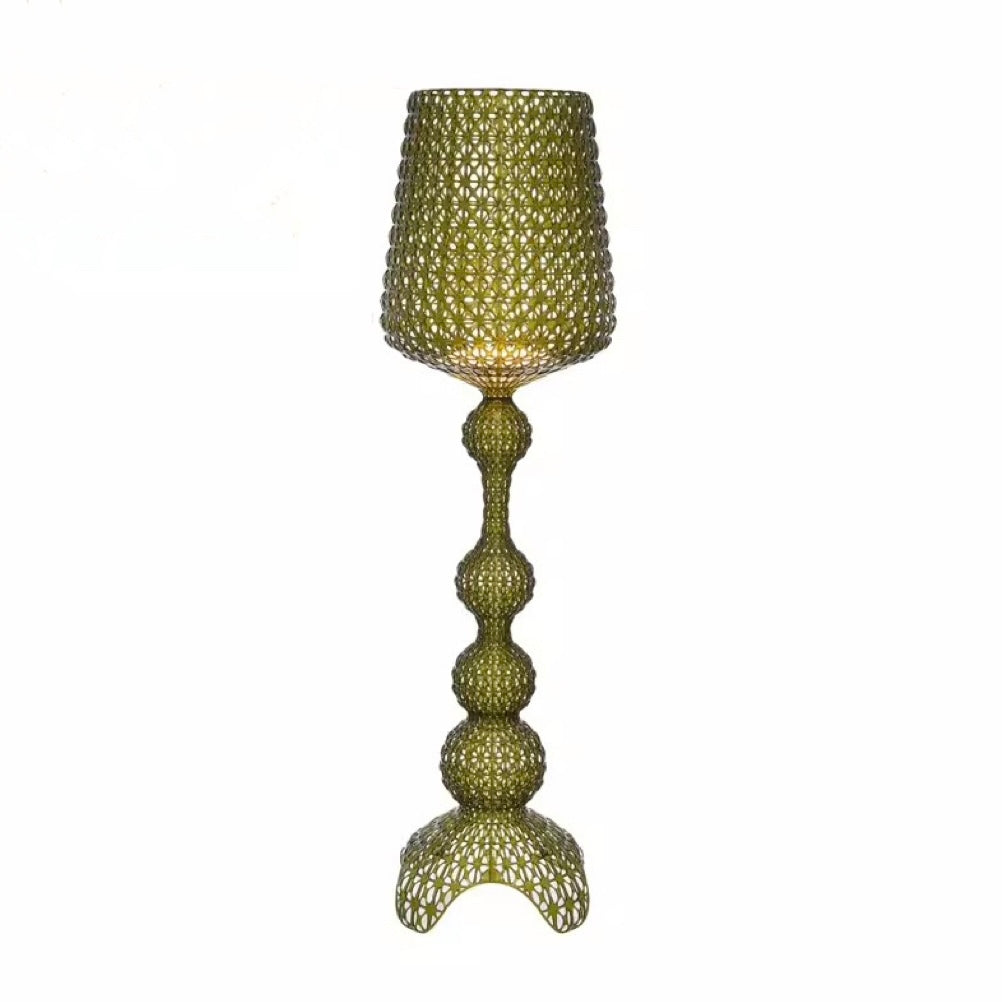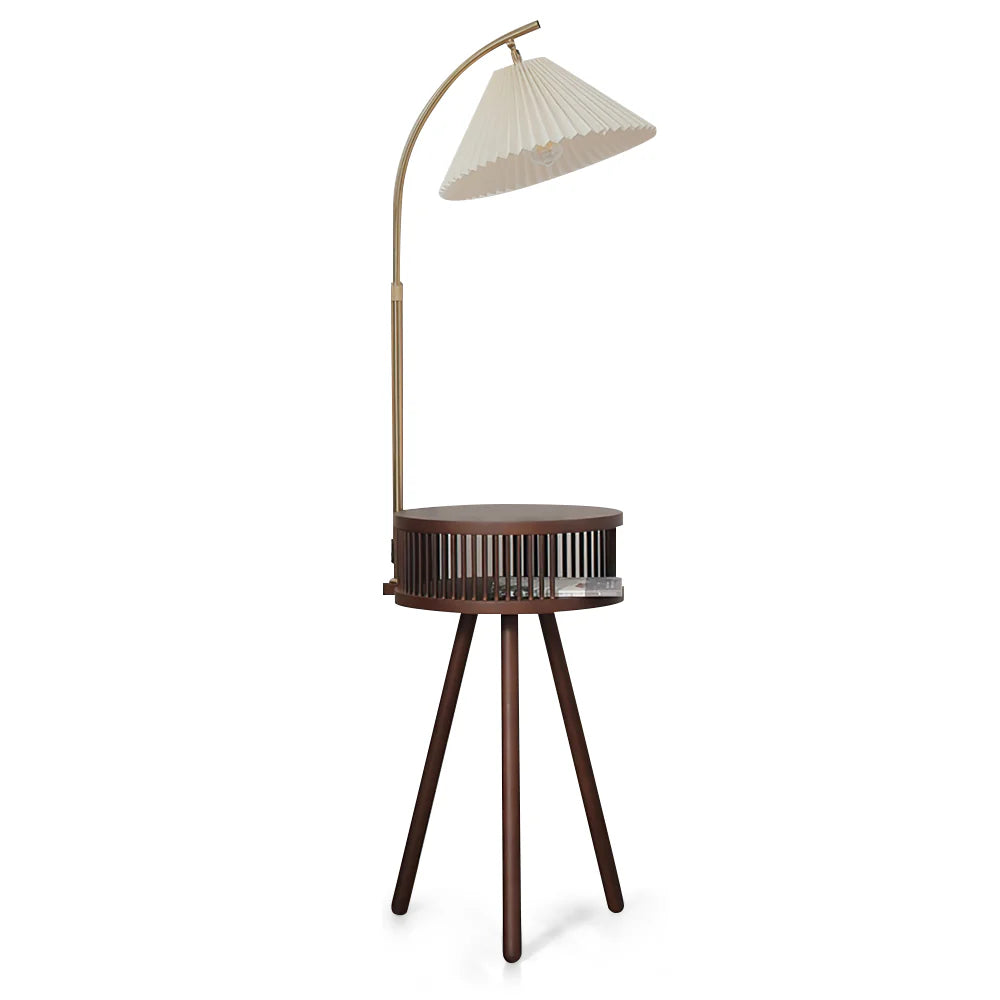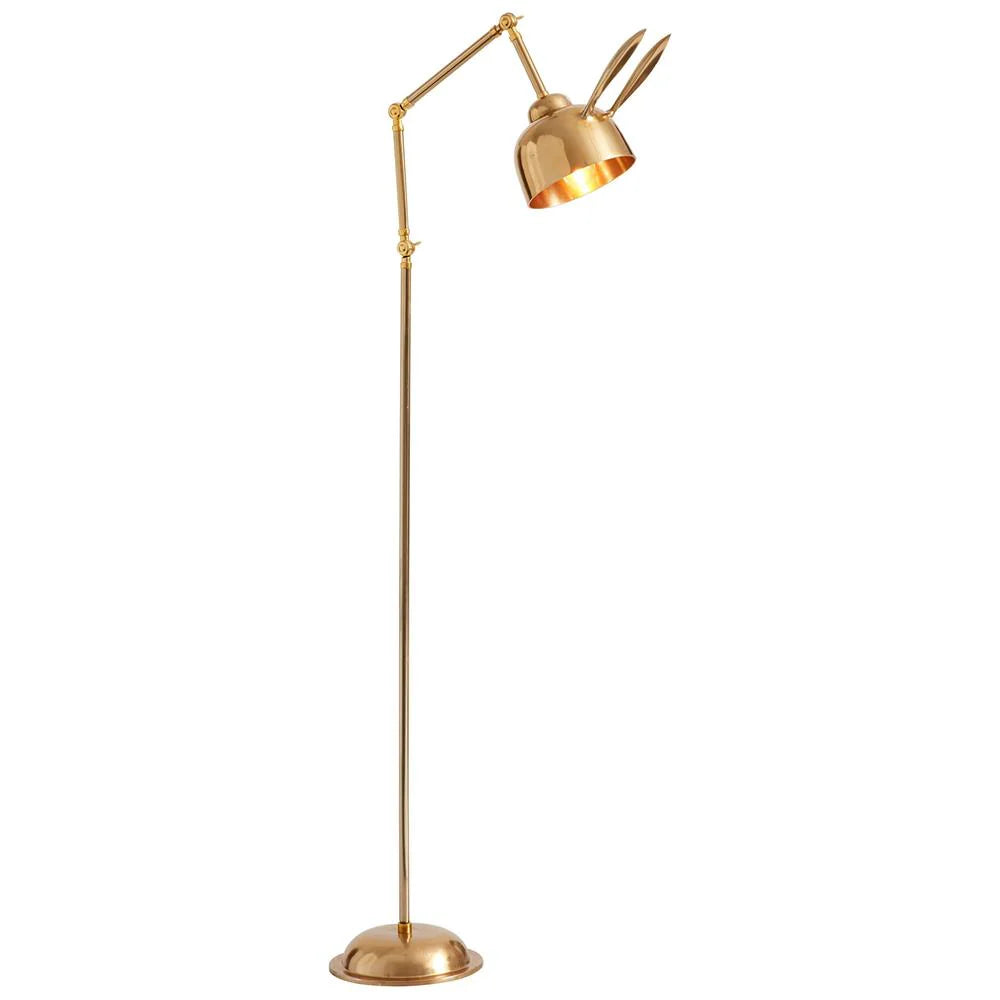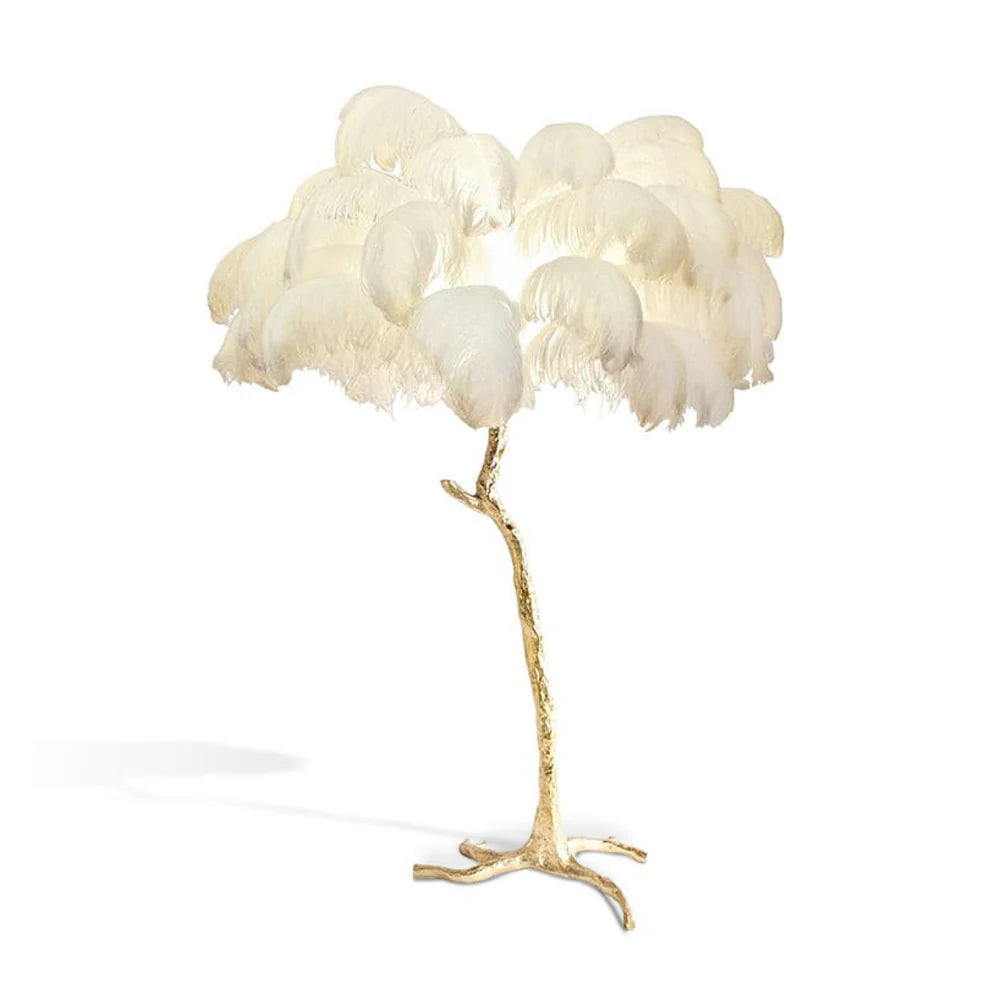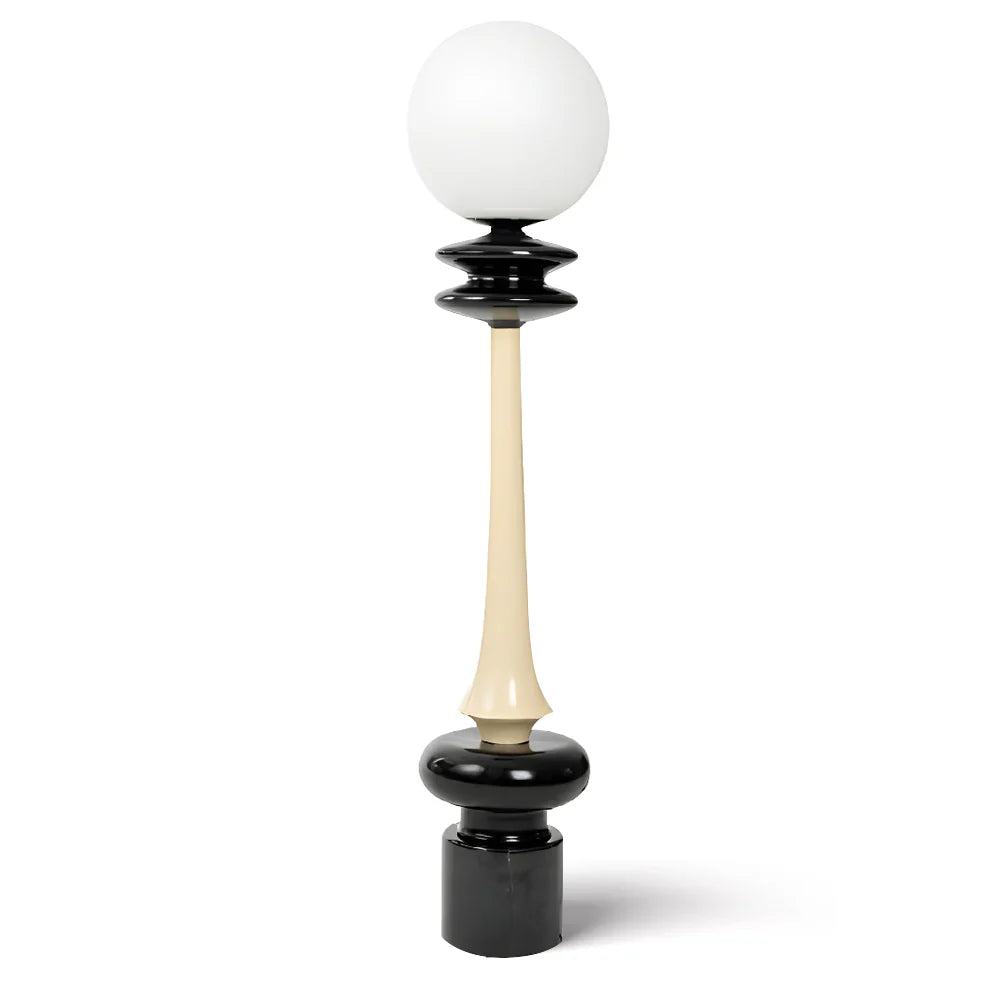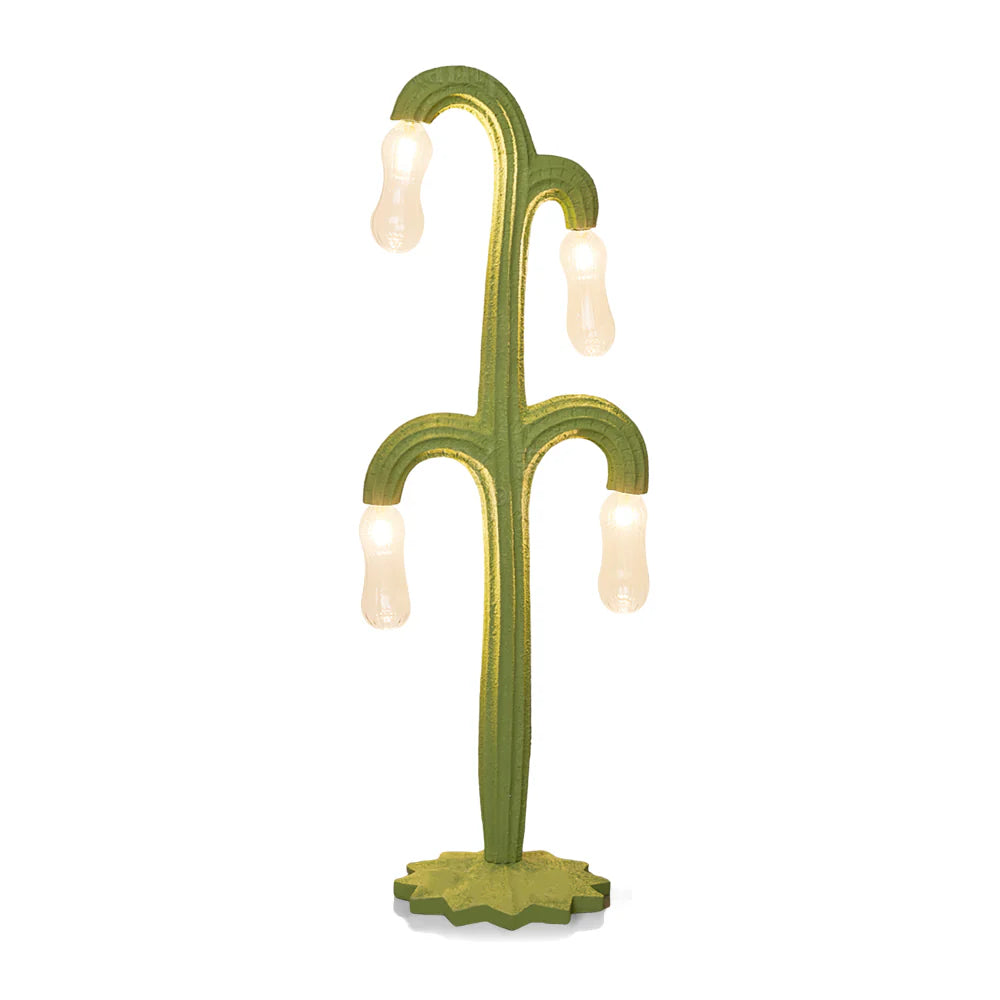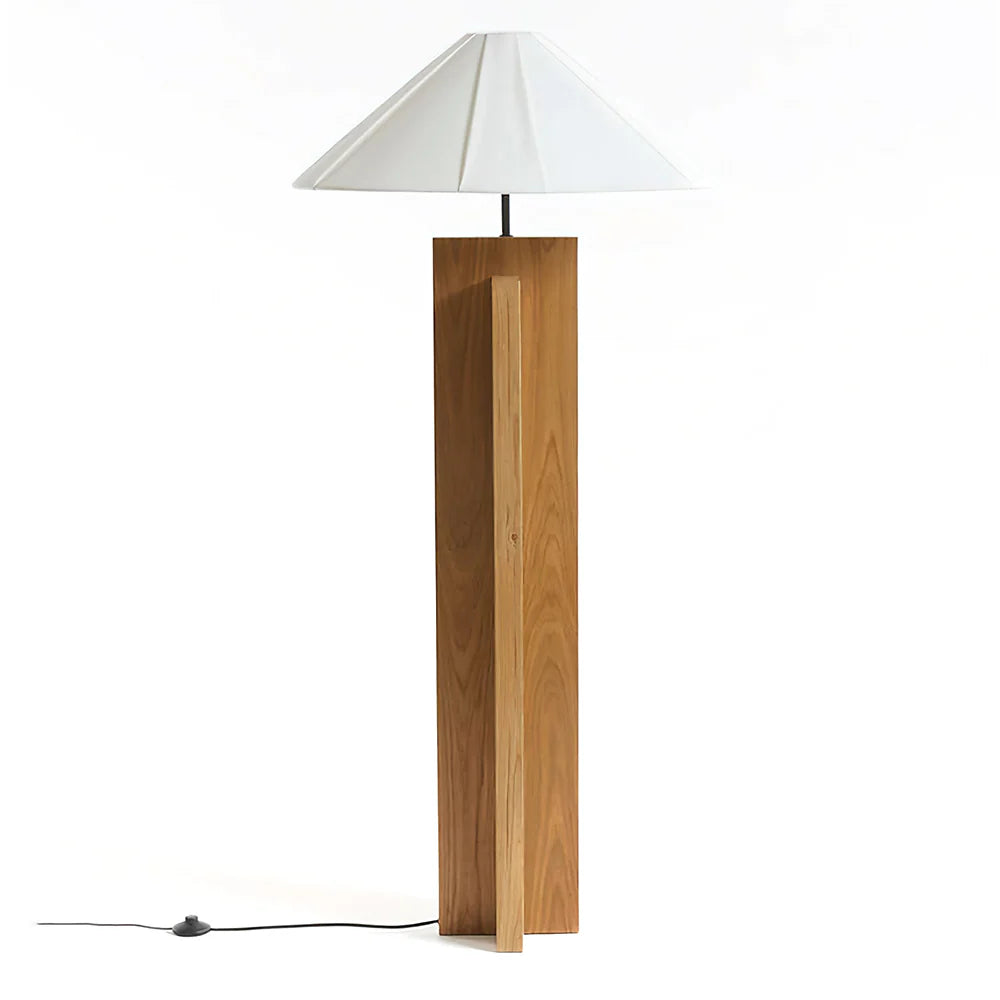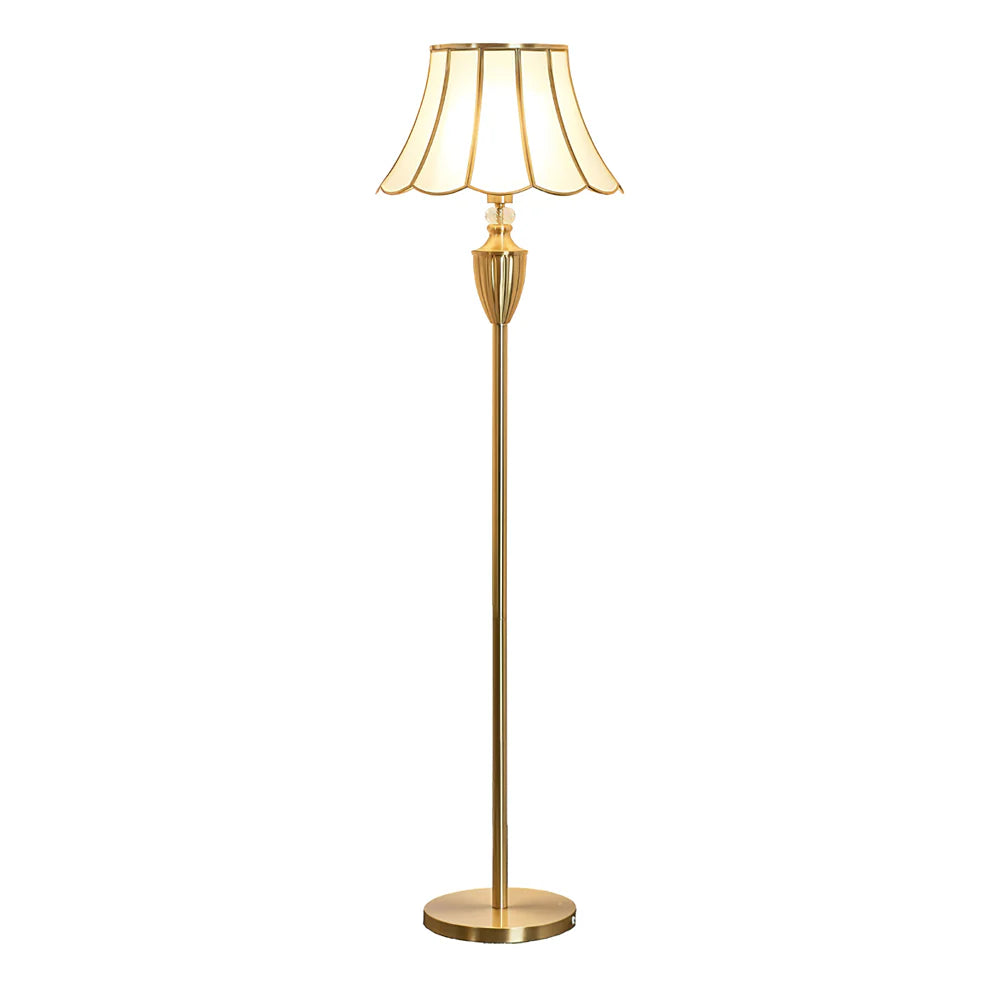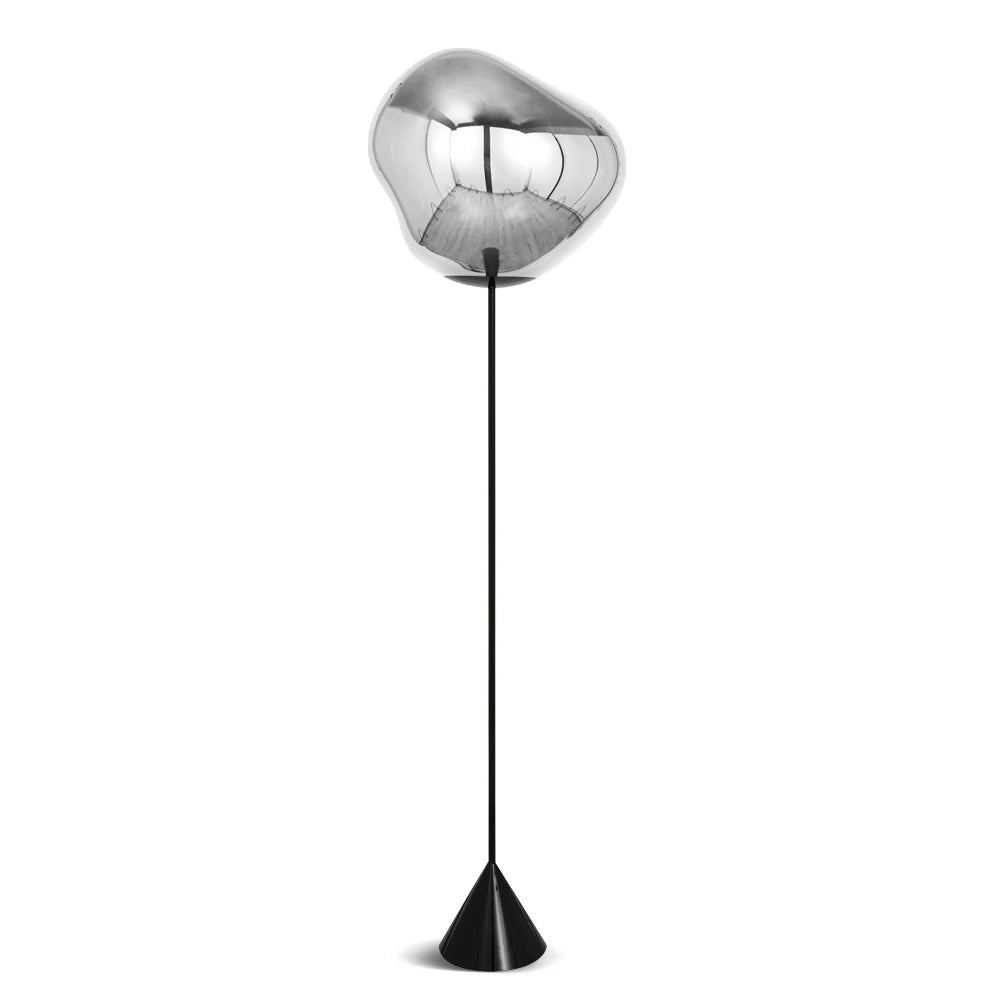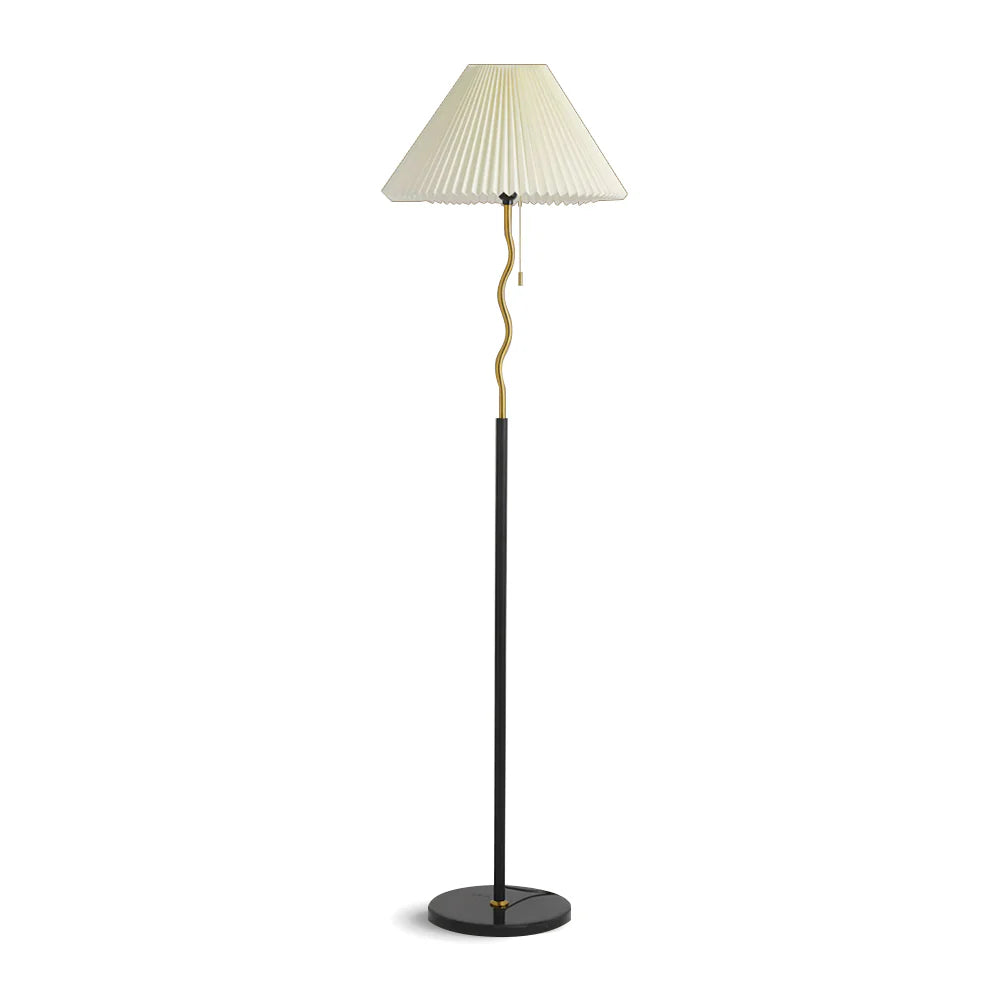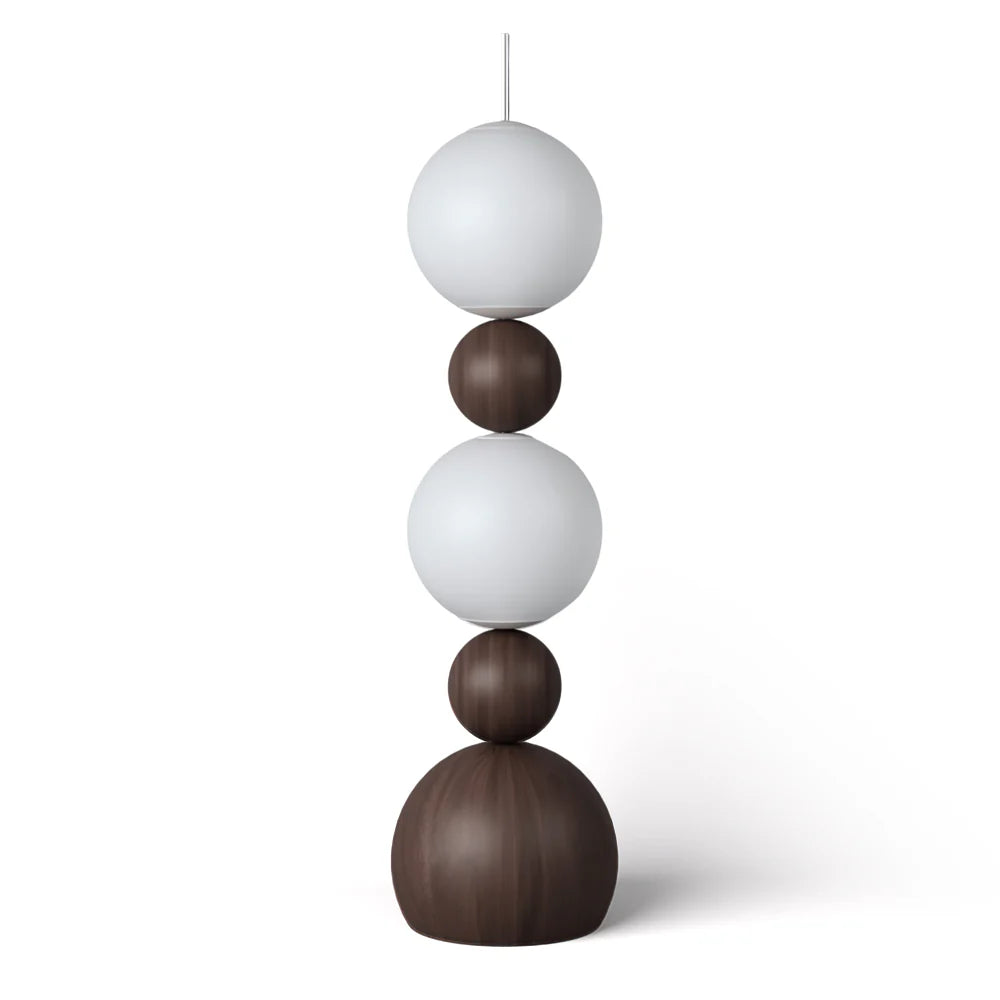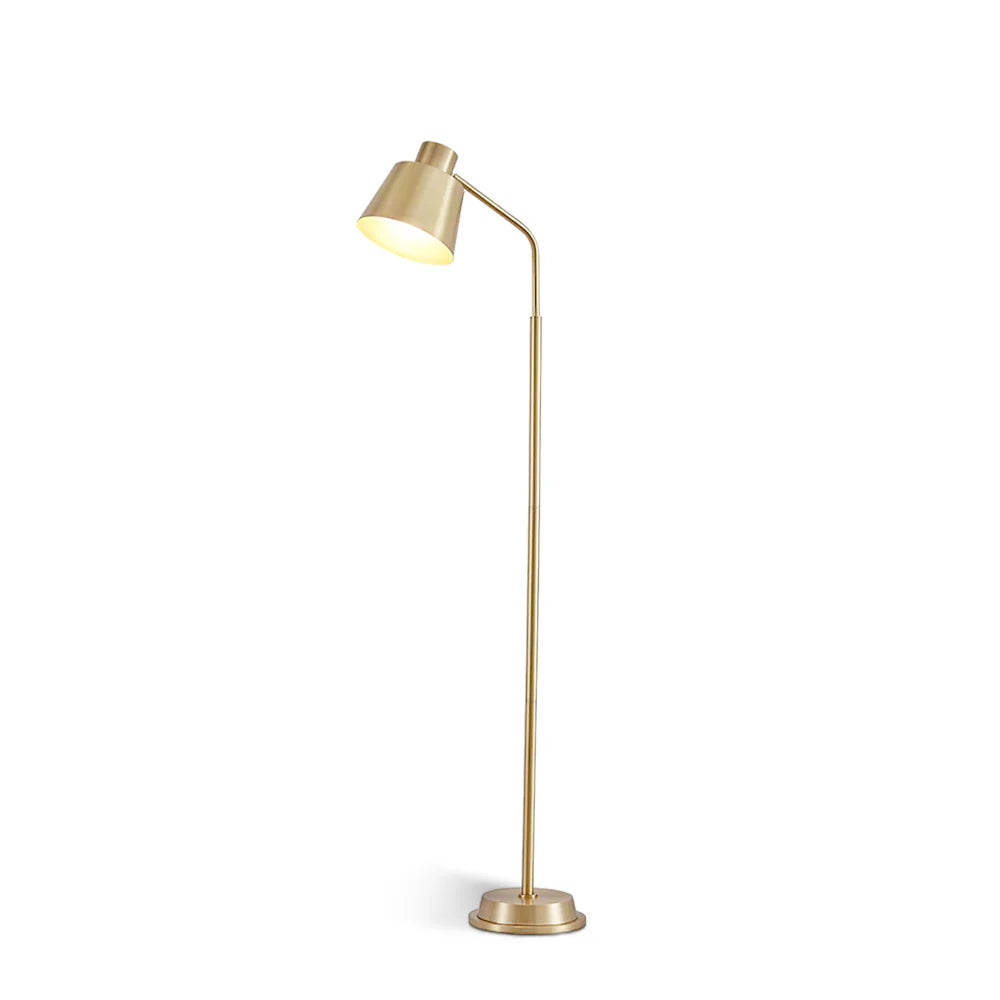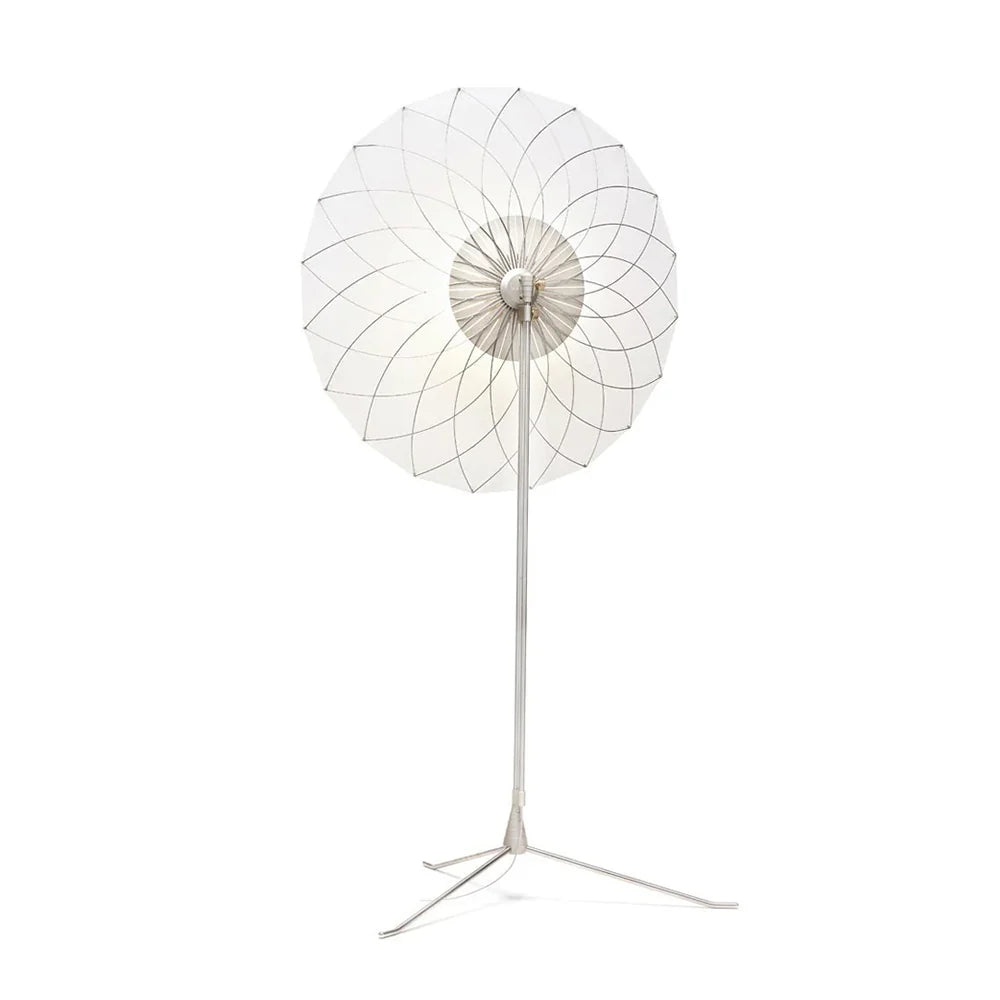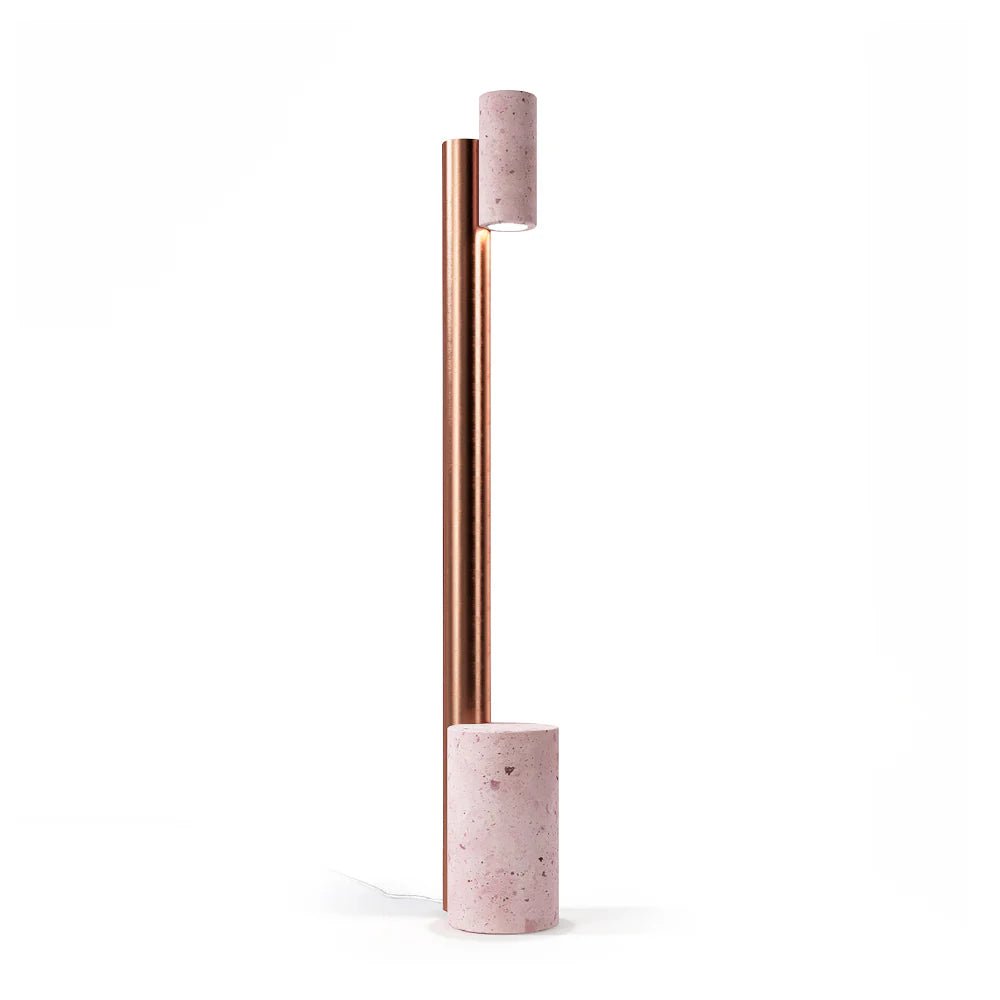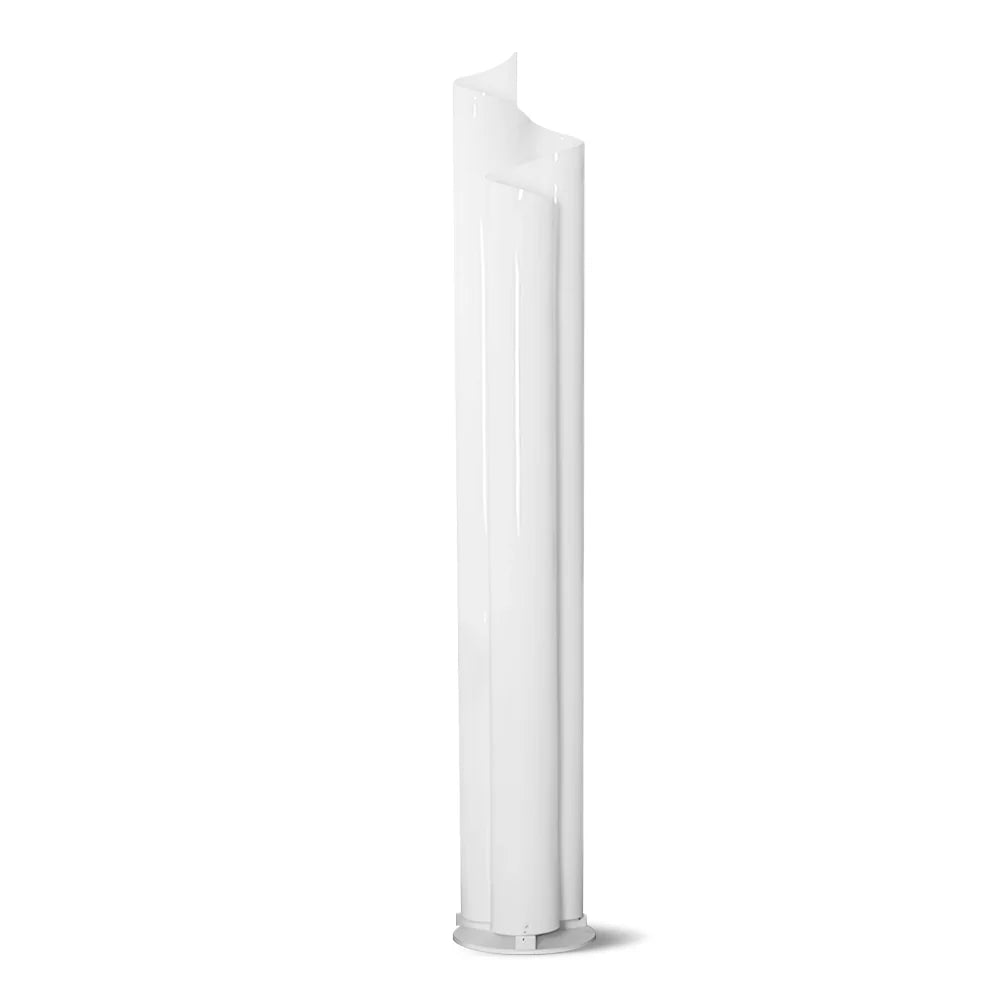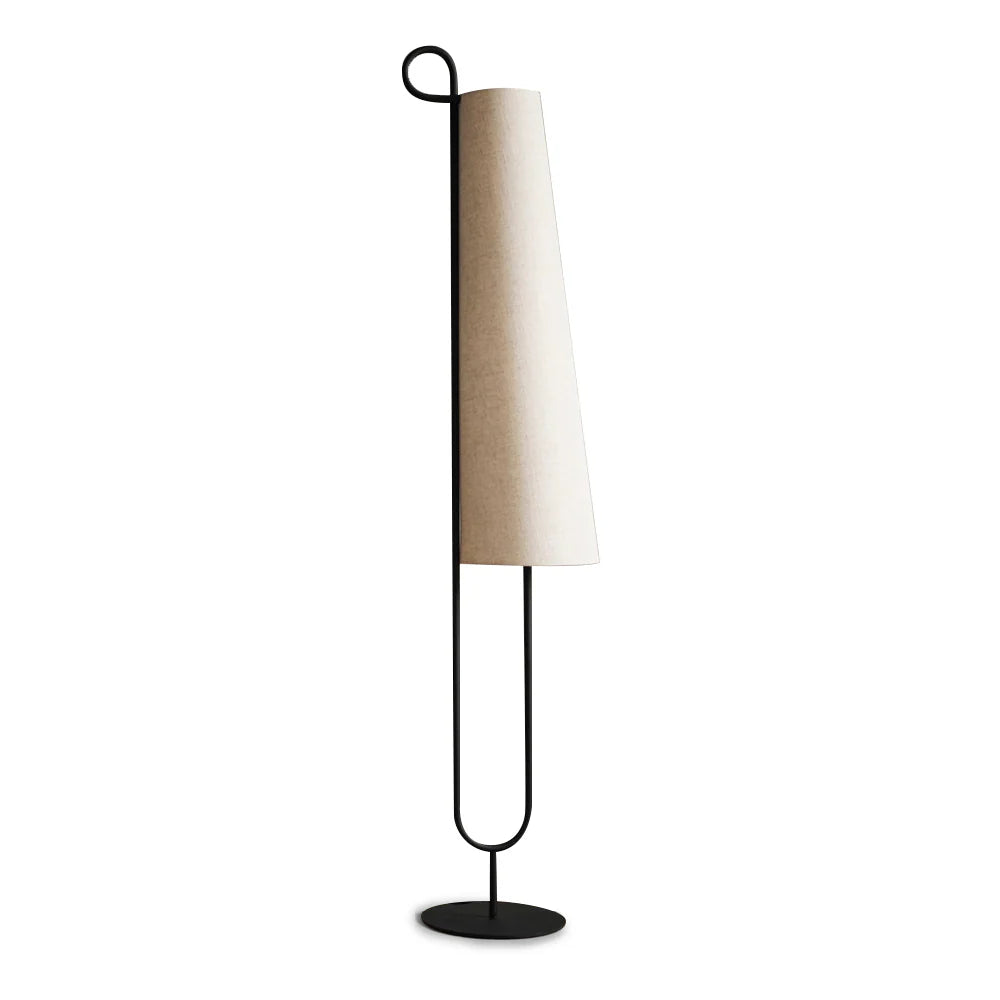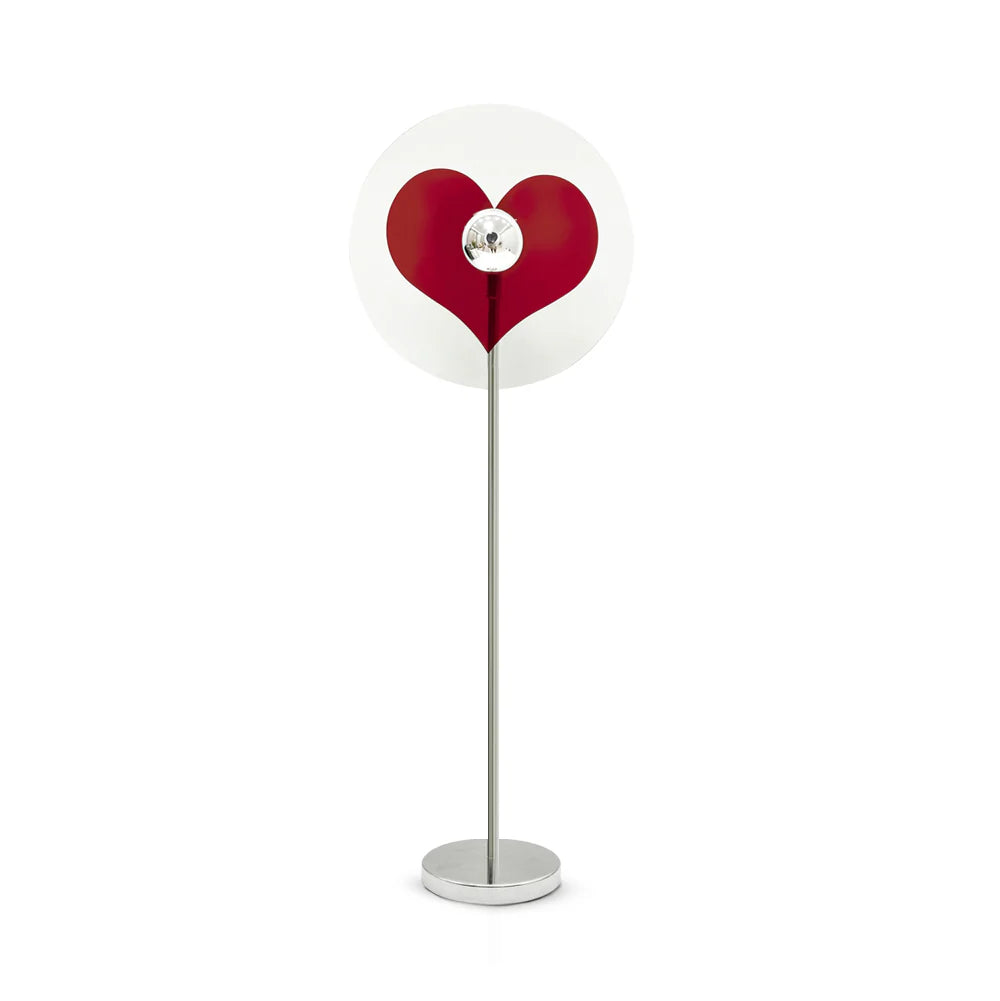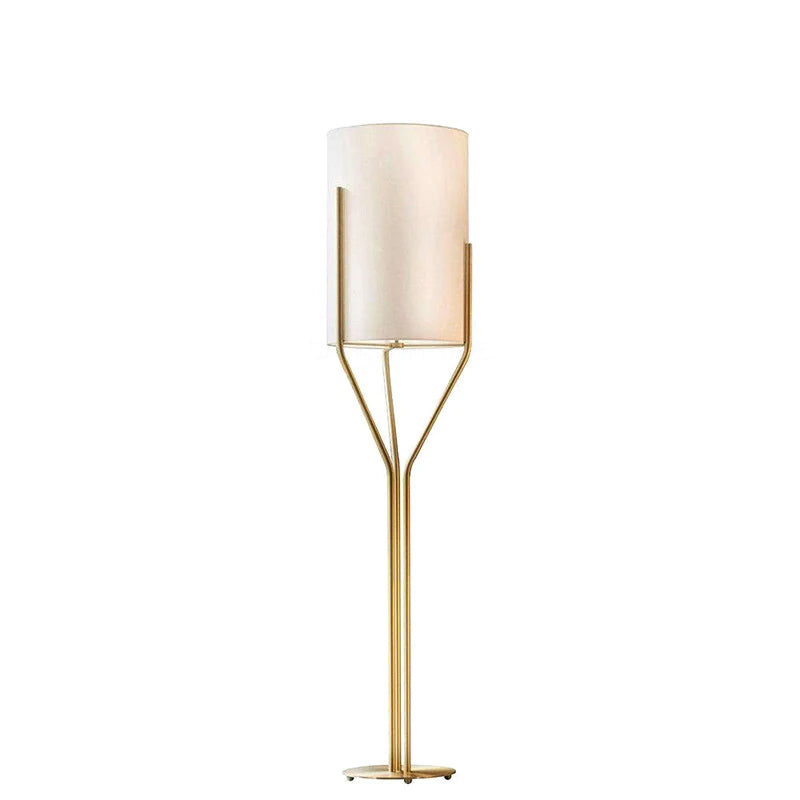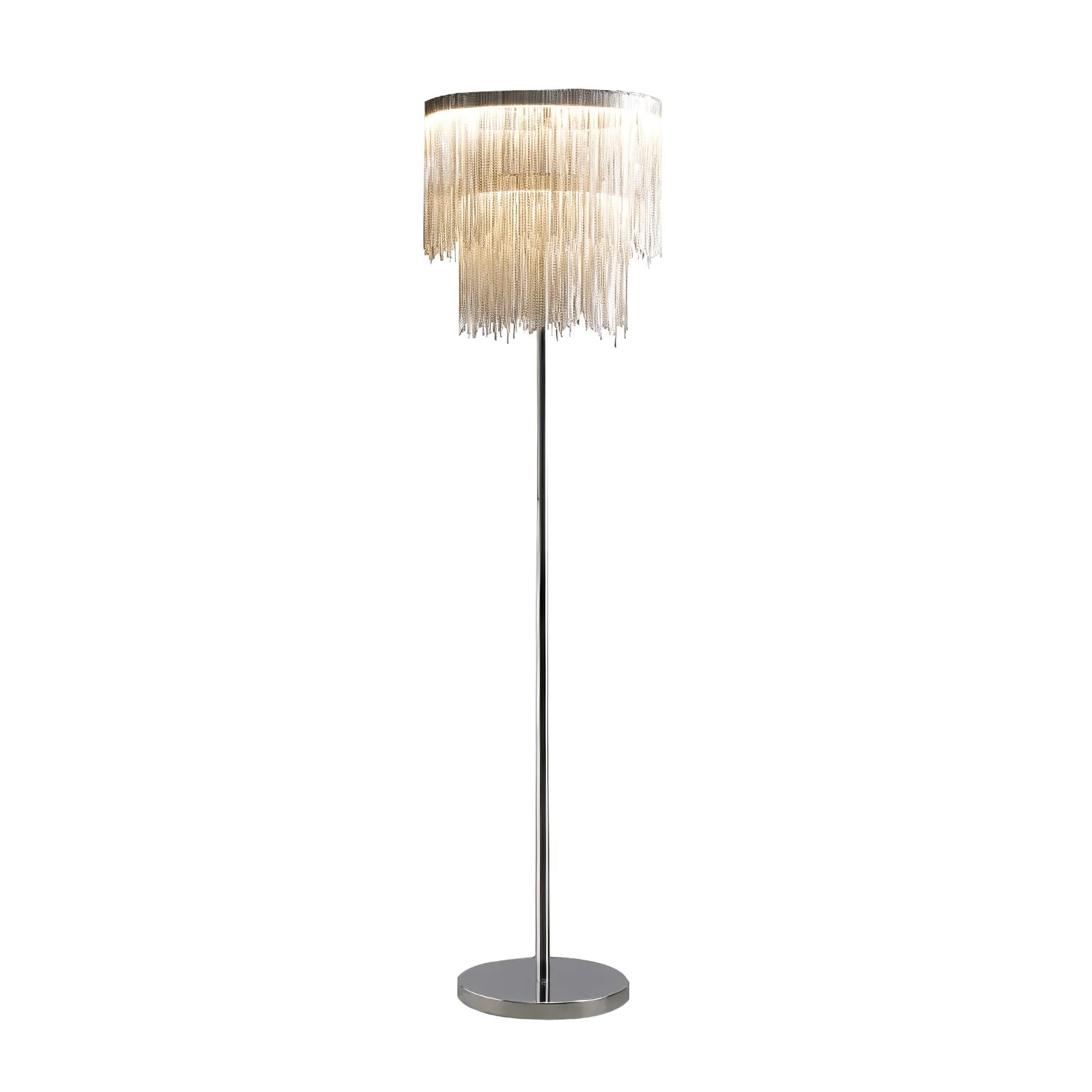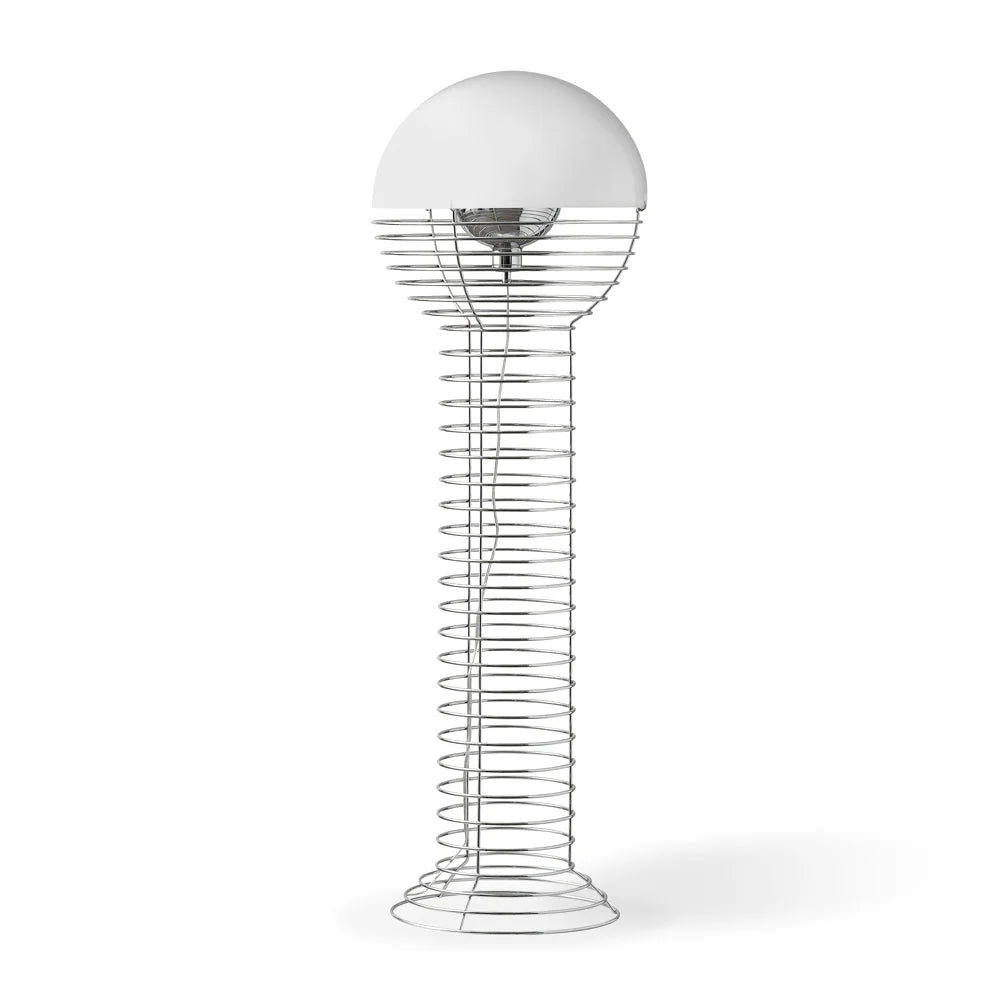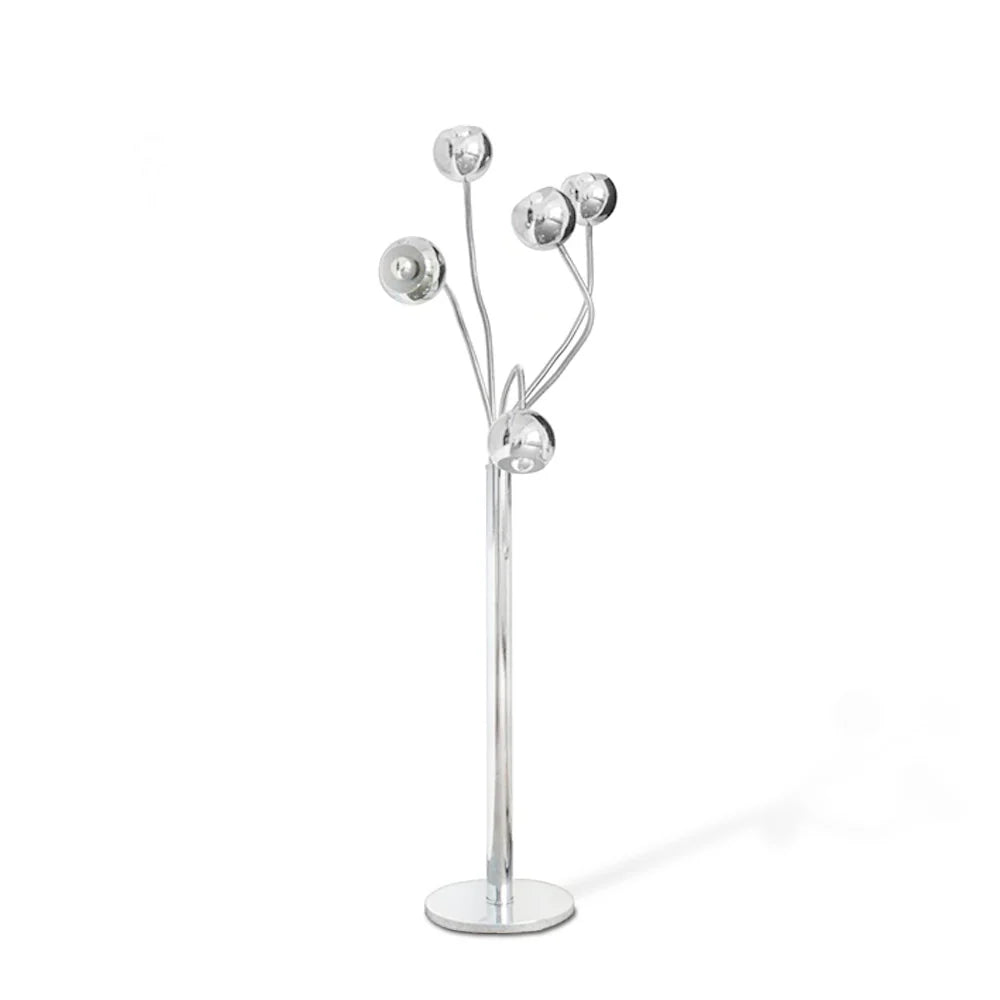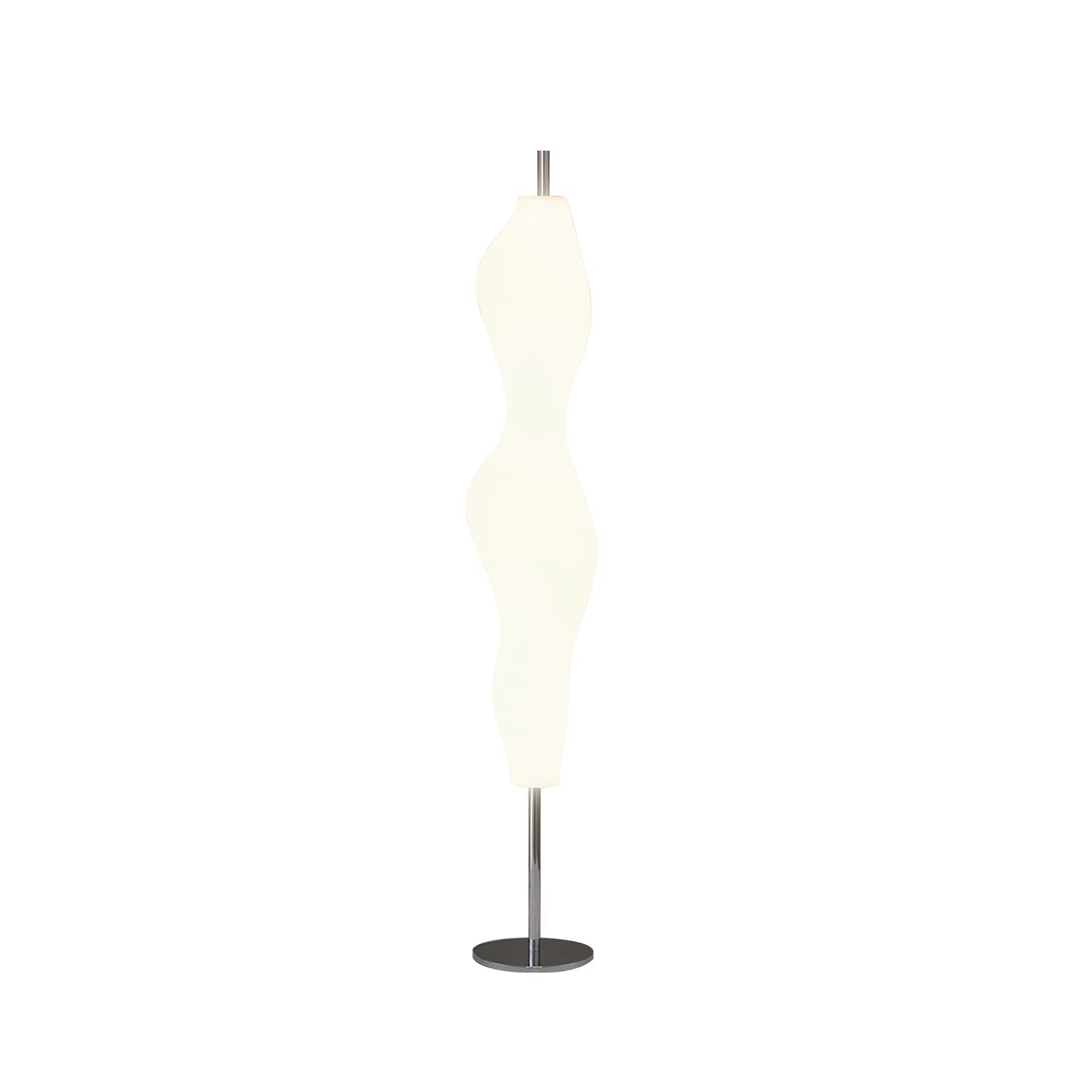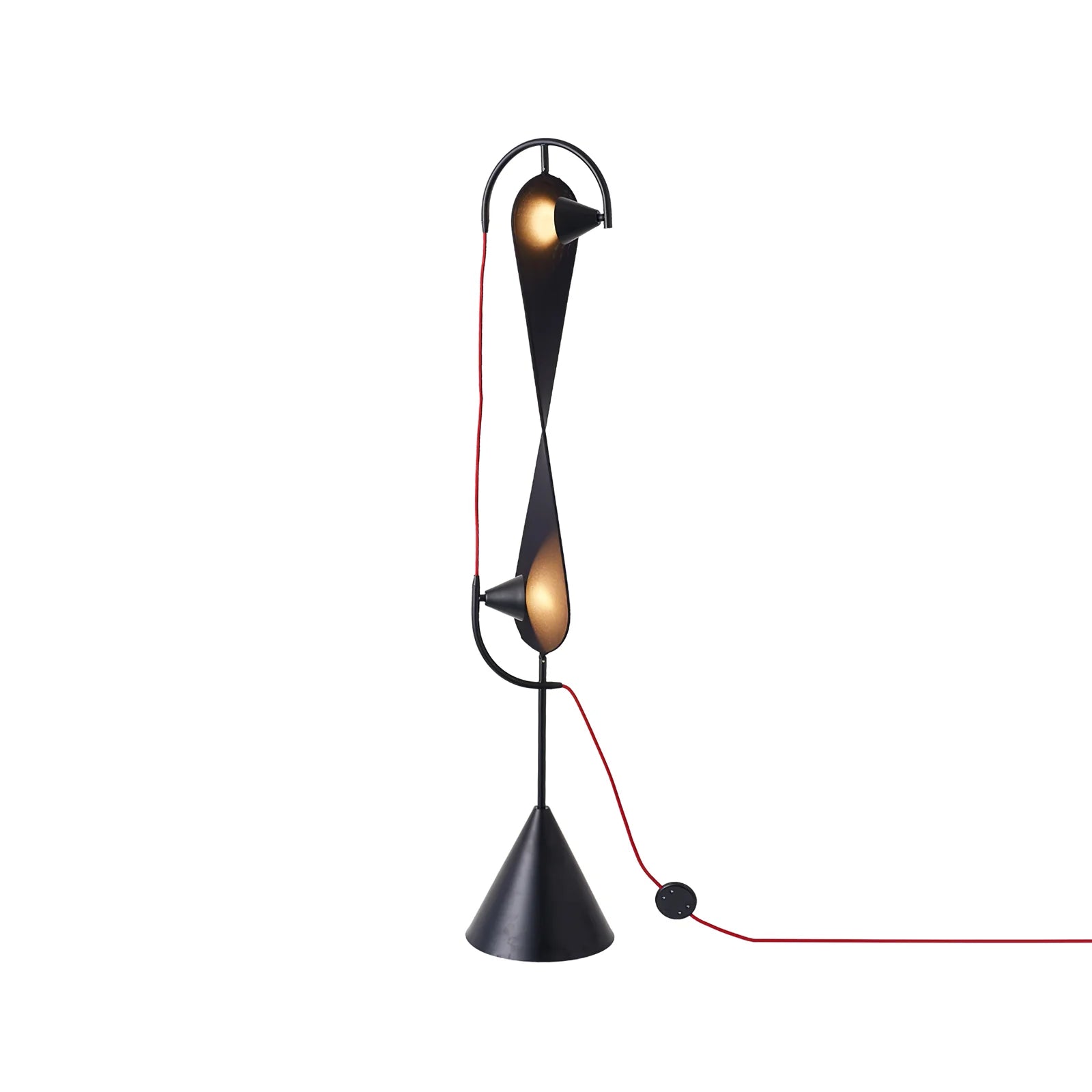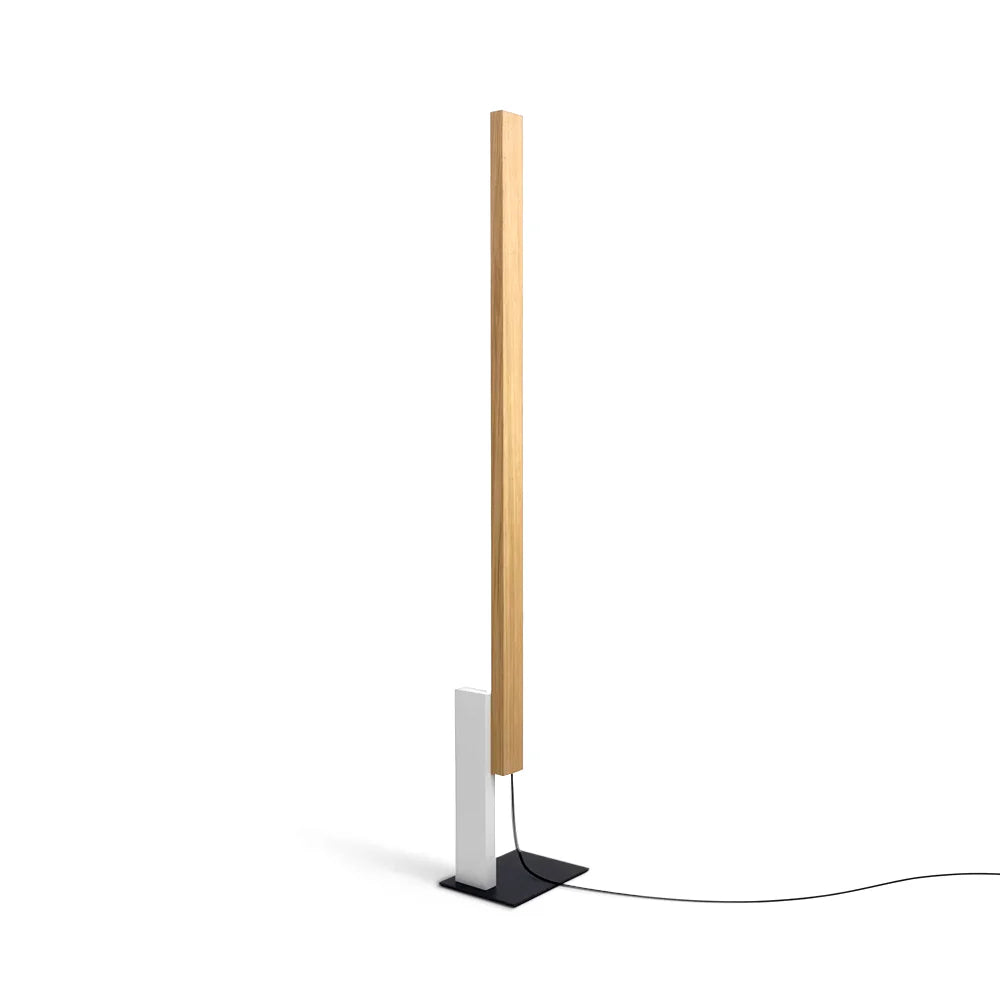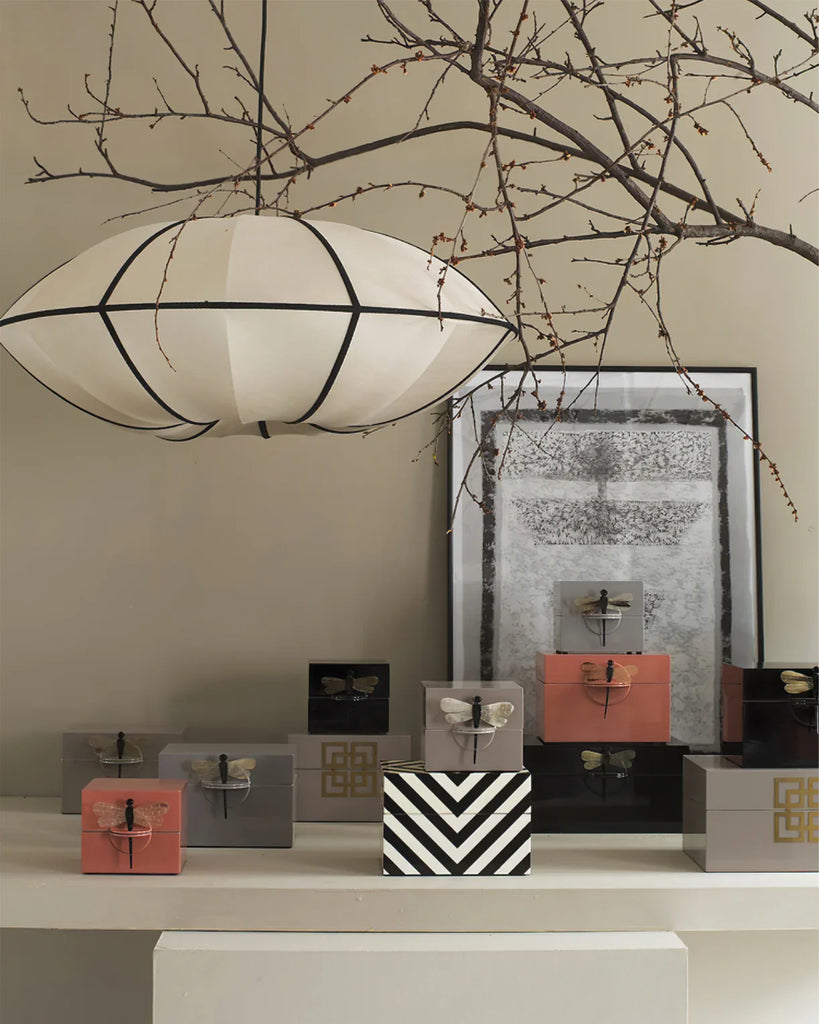
What Color Light Is Best for Sleep? | The Ultimate Guide to Sleep-Friendly Lighting

Getting quality sleep isn’t just about a comfortable bed or a quiet room—your bedroom lighting plays a crucial role, too. If you’ve ever wondered, “what color light is best for sleep?” or “what color light helps you sleep?”, you’re in the right place. Let’s explore how light colors affect your rest and how simple changes can lead to better sleep.
Why Light Color Matters for Sleep
Our bodies run on a natural clock called the circadian rhythm. This internal system tells us when to wake up and when to wind down. Light is one of the biggest factors that influences this rhythm. Certain colors of light can support relaxation and sleep, while others can keep us alert and awake.
The Science: Melatonin and Your Sleep Cycle
Melatonin is a hormone your body produces to signal that it’s time to sleep. Exposure to bright or cool-toned light, especially in the evening, can reduce melatonin production and make it harder to fall asleep. On the other hand, warm colors can help your body get ready for rest.
What Color Light Helps You Sleep?
Research and sleep experts agree:
• Red or Amber Light: These colors have the least impact on your natural sleep cycle. Red or amber lights support melatonin production and create a calming atmosphere, similar to a sunset. • Warm Yellow Light: If red or amber isn’t your style, opt for warm, soft yellow lighting. It’s gentle on the eyes and helps prepare your body for sleep.
What Color Light Is Best for Sleep?
The best color light for sleep is one that mimics the natural hues of dusk—think red, amber, or soft yellow. These colors help your brain recognize that it’s time to relax.
Avoid blue and bright white lights in the evening. While blue is often considered a calming color, blue light actually signals to your brain that it’s daytime, suppressing melatonin and making it harder to fall asleep. This is why using phones, tablets, or computers before bed can disrupt your sleep.
Practical Tips for Better Sleep Lighting
• Switch to Warm Lighting: Use bulbs labeled as “warm white” or with a color temperature below 3000K in your bedroom. • Try Red or Amber Night Lights: Especially if you need a night light, choose red or amber hues to minimize sleep disruption. • Use Dimmable Lights: Adjustable lights let you lower brightness as bedtime approaches, helping your body wind down. • Limit Screen Time: Avoid screens or use blue light filters at least an hour before bed to protect your melatonin levels. • Consider Smart Bulbs: Smart lighting lets you change colors and set routines for a seamless transition to bedtime lighting.
Quick Reference: Best and Worst Lights for Sleep
• Best: Red, amber, or warm yellow lights (below 3000K) • Worst: Blue or bright white lights (screens, cool-toned LEDs) 
Frequently Asked Questions
What color light helps you fall asleep fastest?
Red or amber light is most effective for helping you fall asleep quickly. These warm hues support melatonin production and create a calming environment.
Is blue light really bad for sleep?
Yes. Blue light from screens and cool-toned bulbs can suppress melatonin and disrupt your natural sleep cycle, making it harder to fall asleep.
Can I use yellow light in my bedroom for better sleep?
Absolutely. Warm yellow light is gentle on the eyes and helps signal to your body that it’s time to wind down.
What is the best color temperature for sleep?
For optimal sleep, choose lighting with a color temperature below 3000K. These bulbs emit a soft, warm glow ideal for nighttime.
Should I avoid all lights before bed?
It’s best to dim your lights and avoid bright, cool-toned lighting at least an hour before bedtime. If you need some light, opt for red or amber night lights.
Extra Tips for a Restful Sleep Environment
• Block outside light with blackout curtains or a sleep mask. • Keep your bedroom quiet—consider acoustic solutions if noise is an issue. • Create a relaxing pre-bed routine with soft lighting and calming activities.
Conclusion
Understanding what color light is best for sleep can make a real difference in your nightly routine. Choose red, amber, or warm yellow lights in the evening, avoid blue and bright white lights, and set up your bedroom for relaxation. With the right lighting, you’ll be well on your way to a better night’s sleep.
